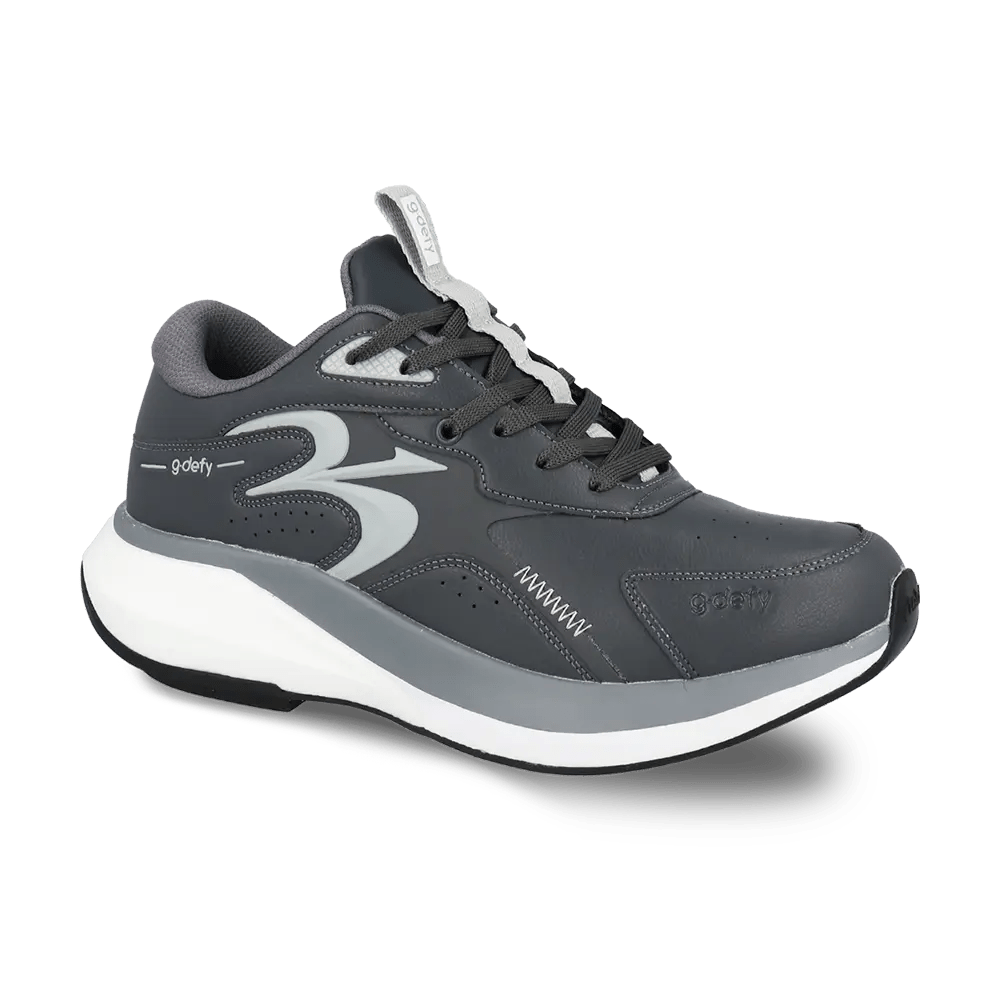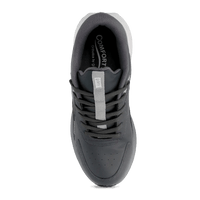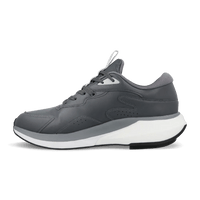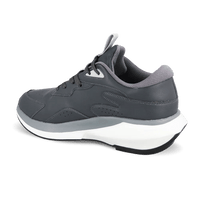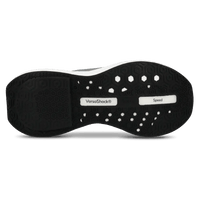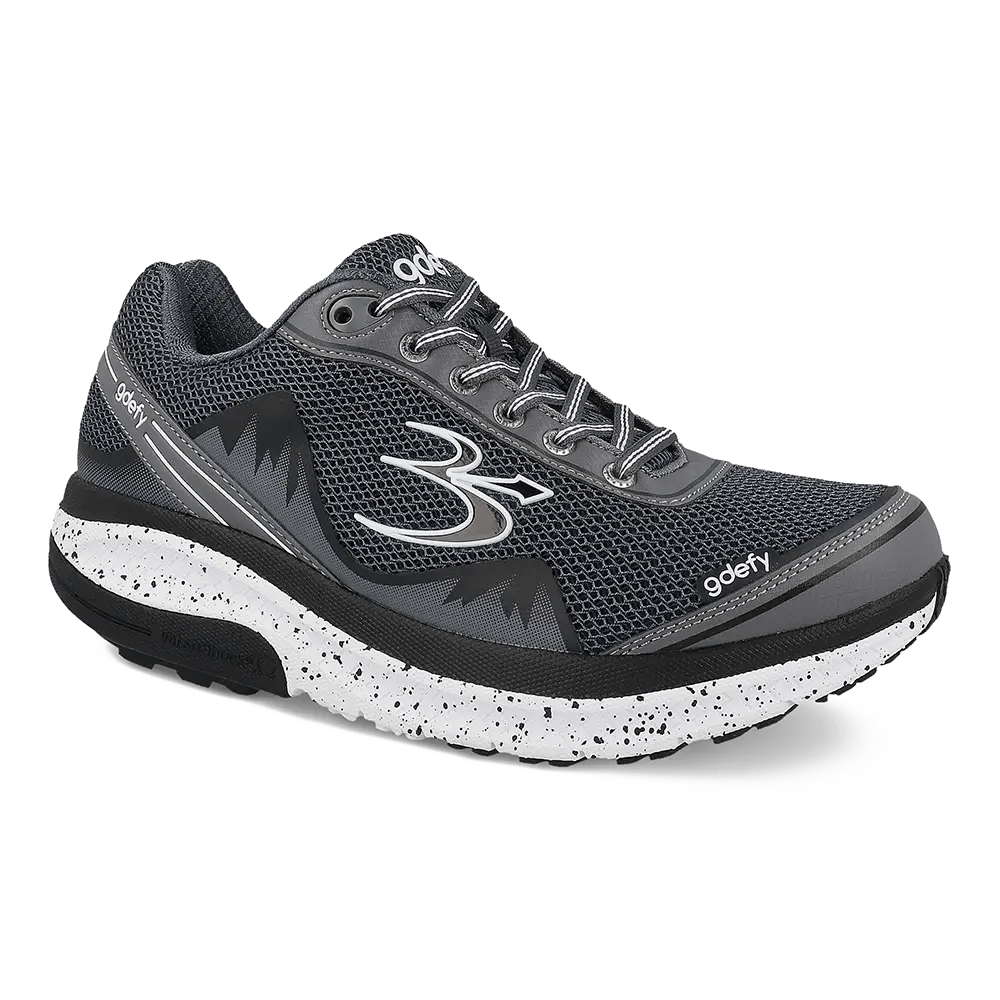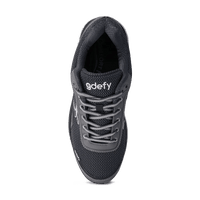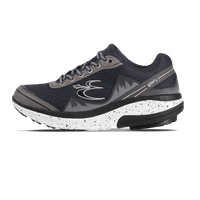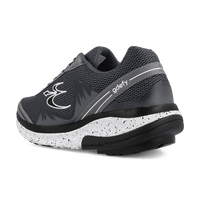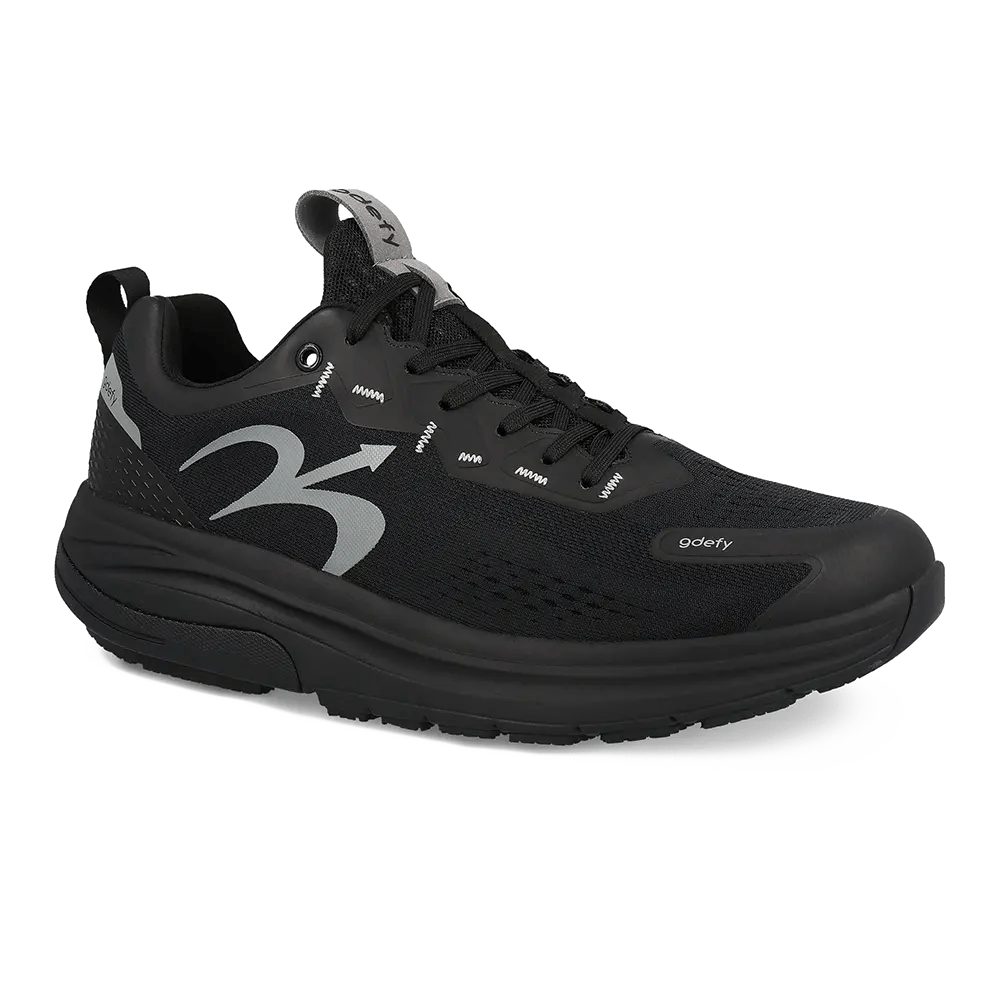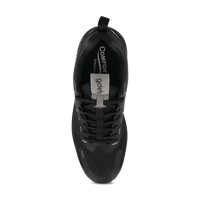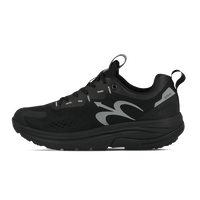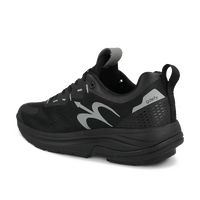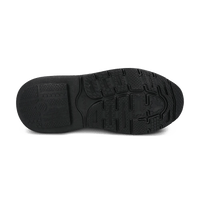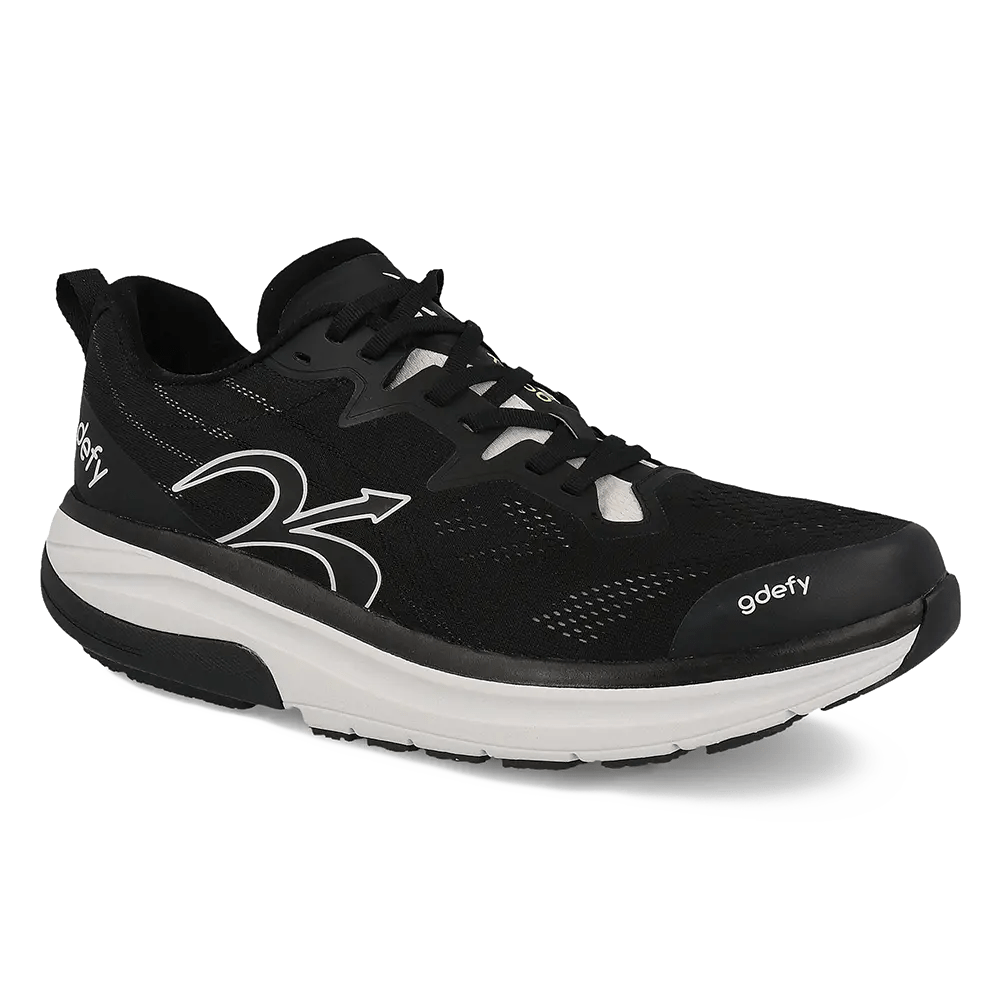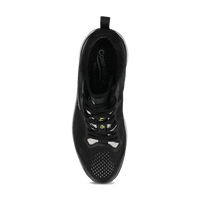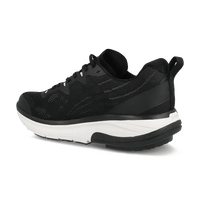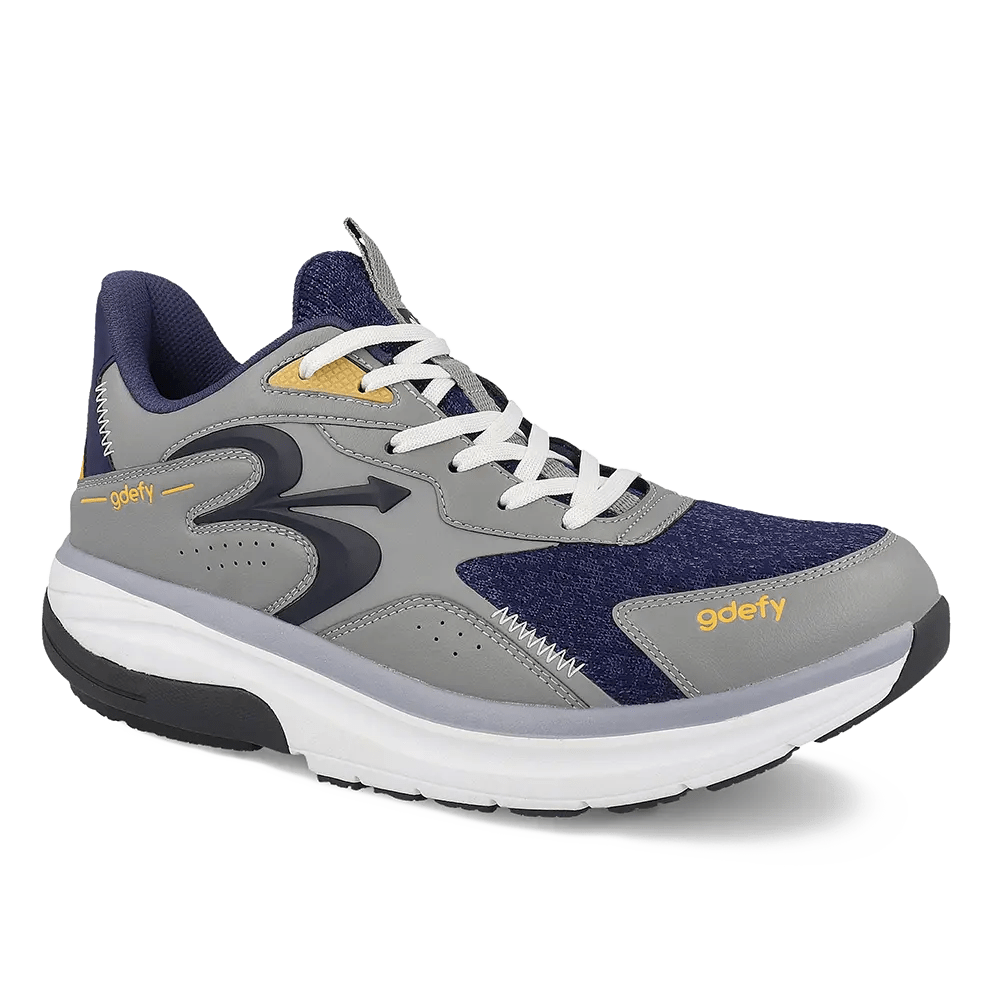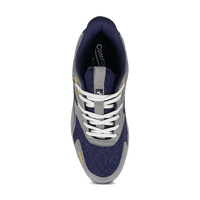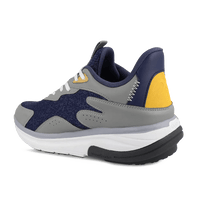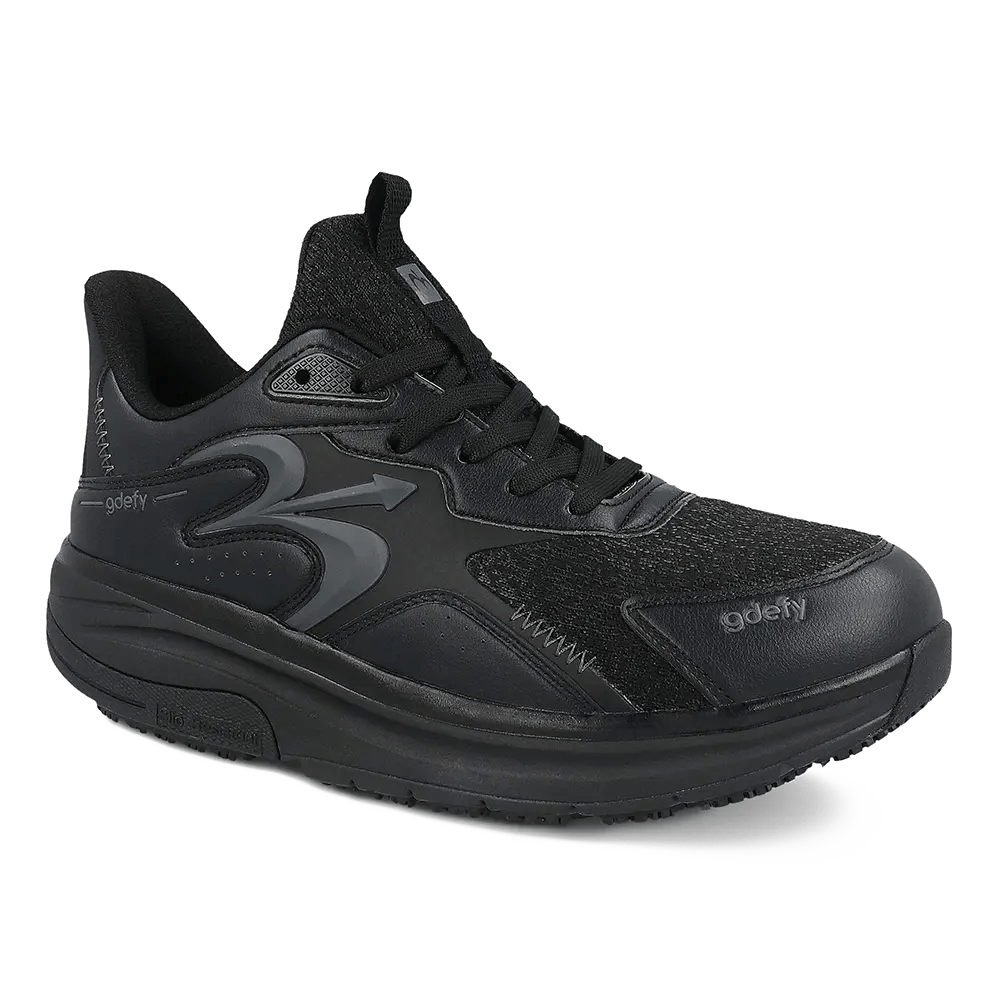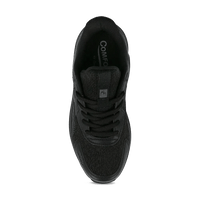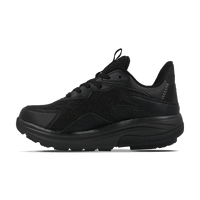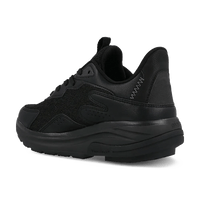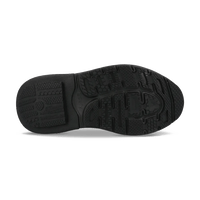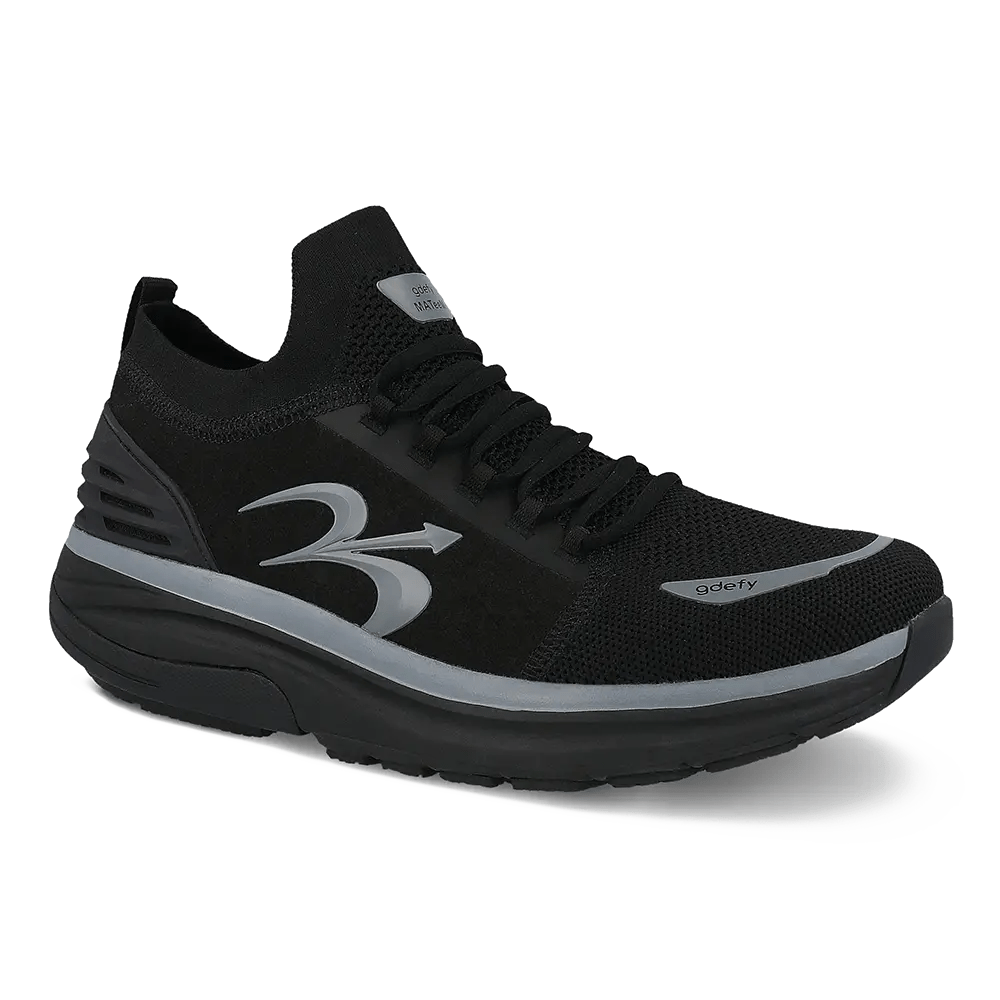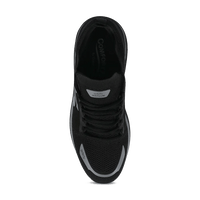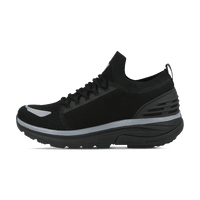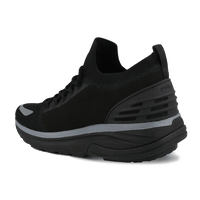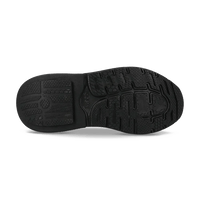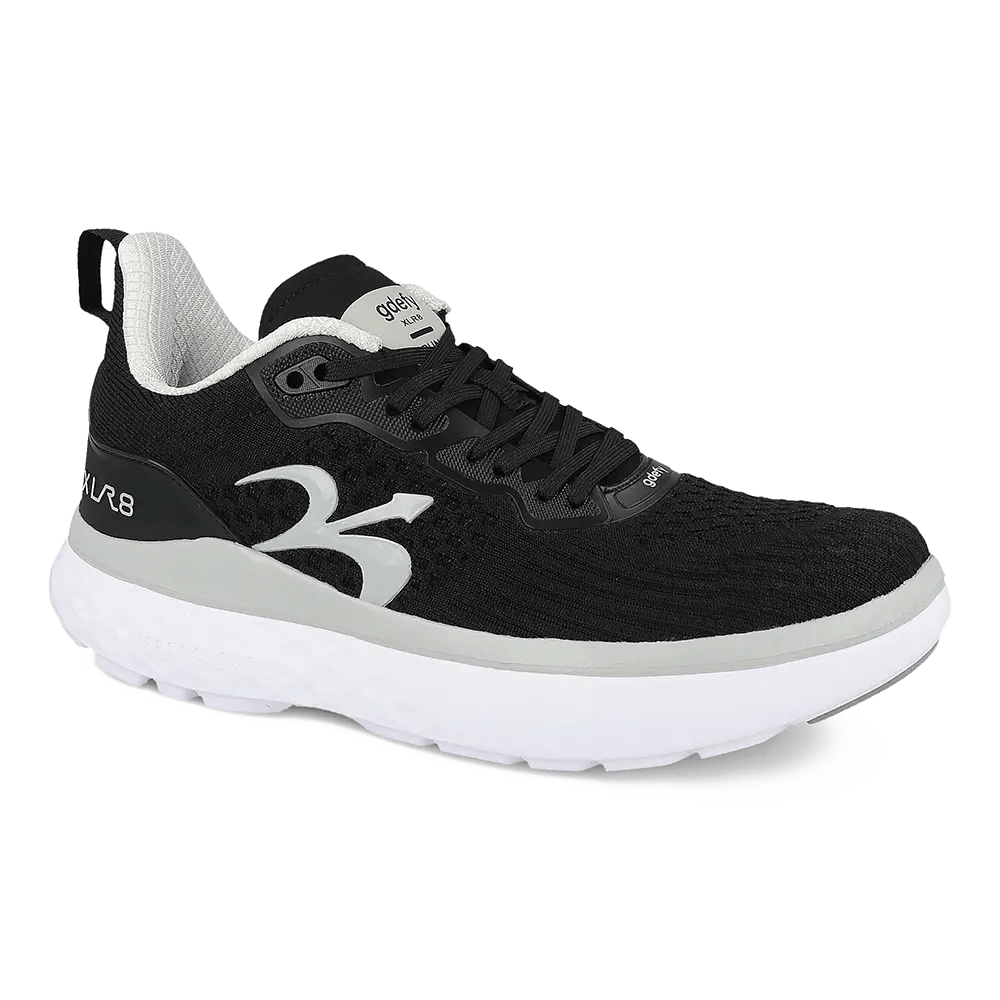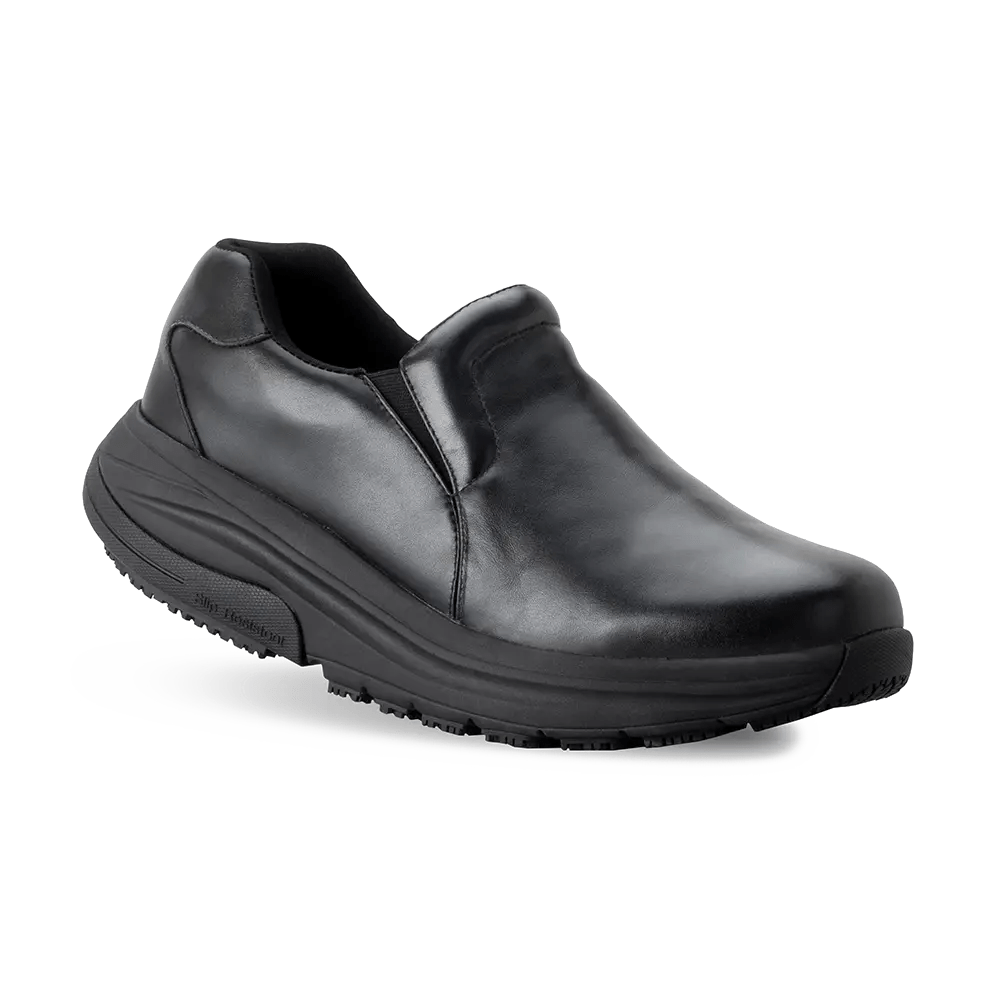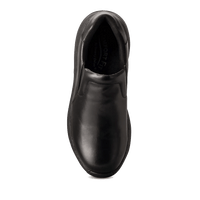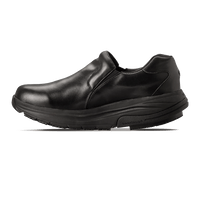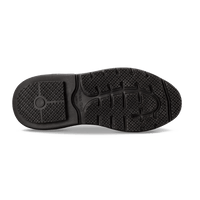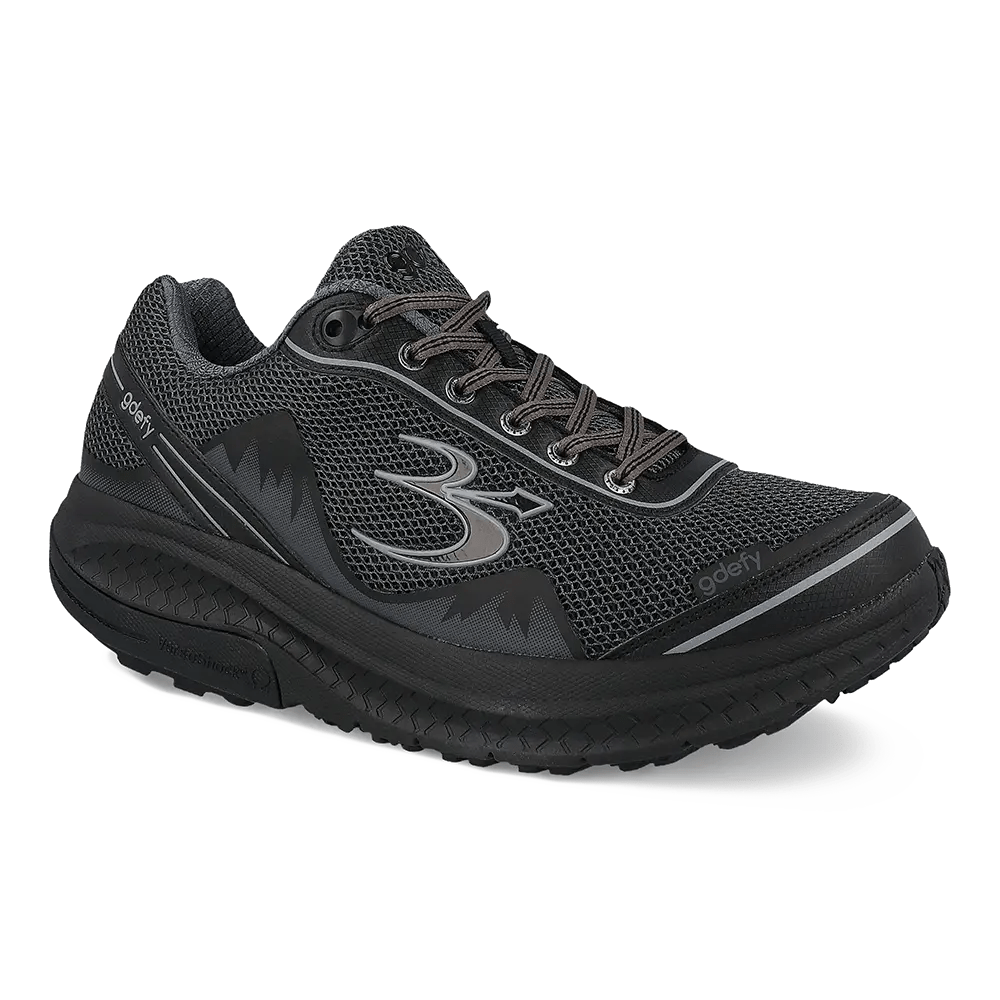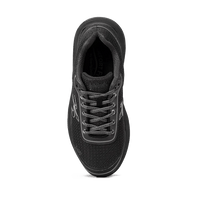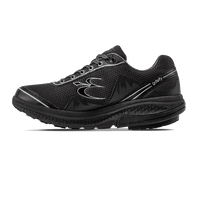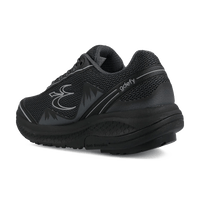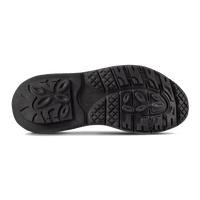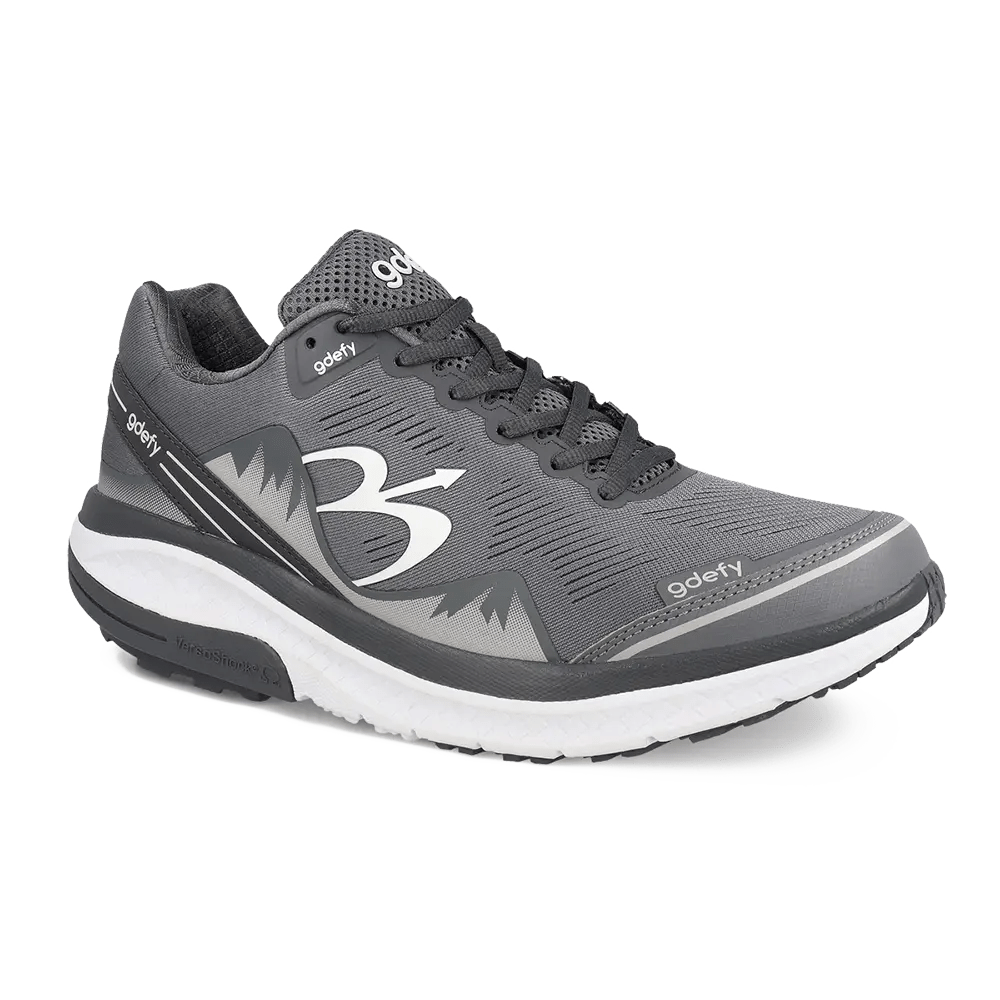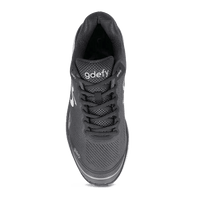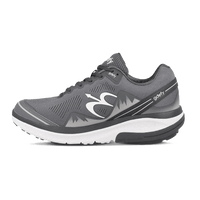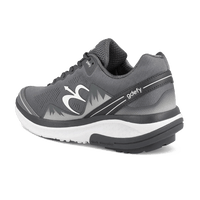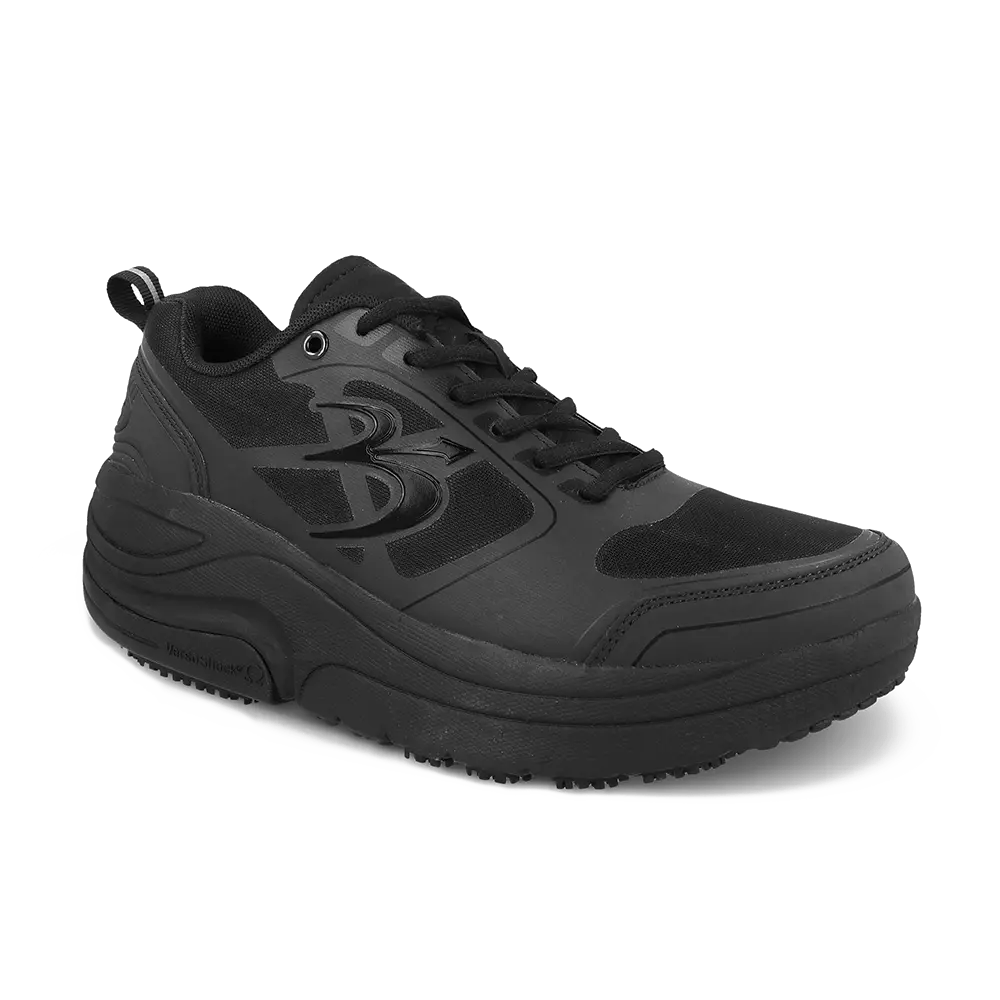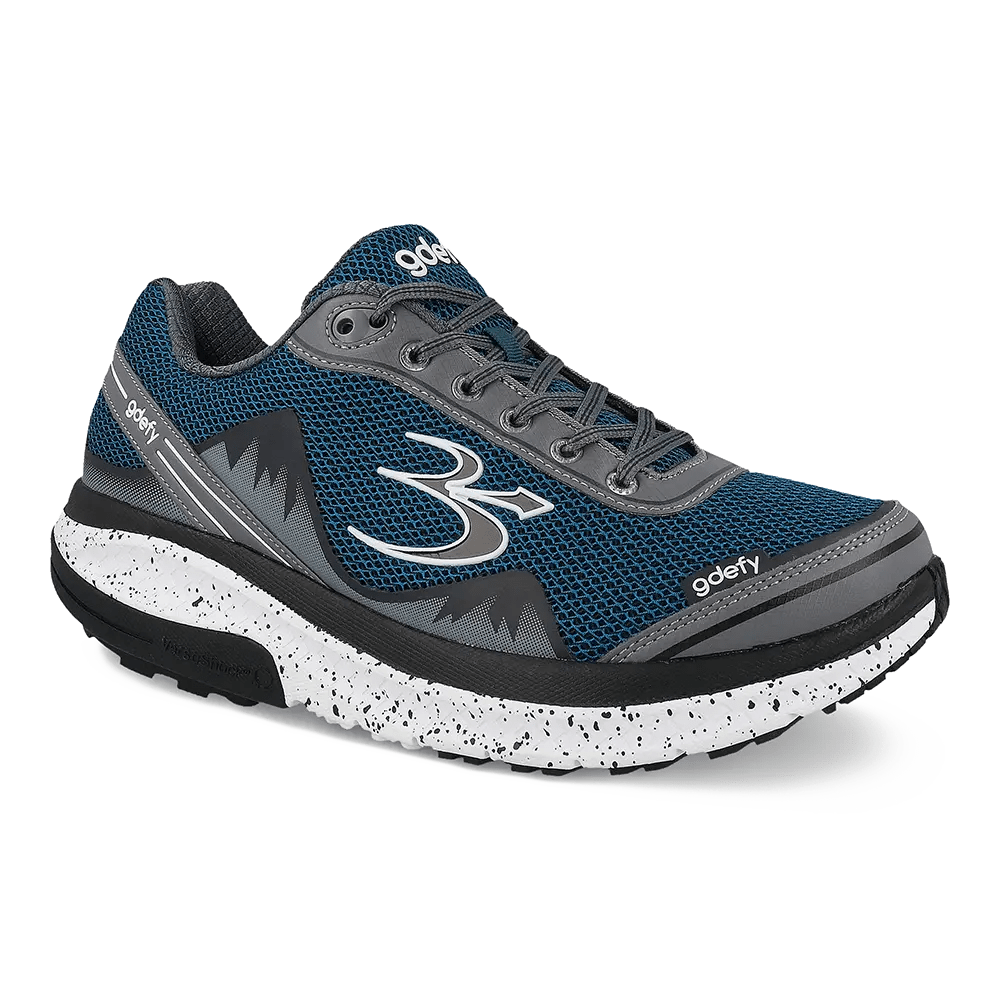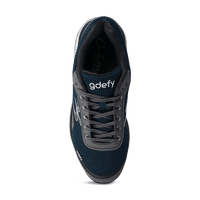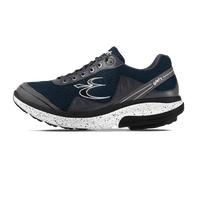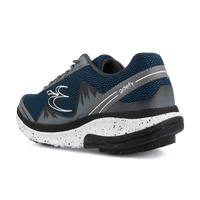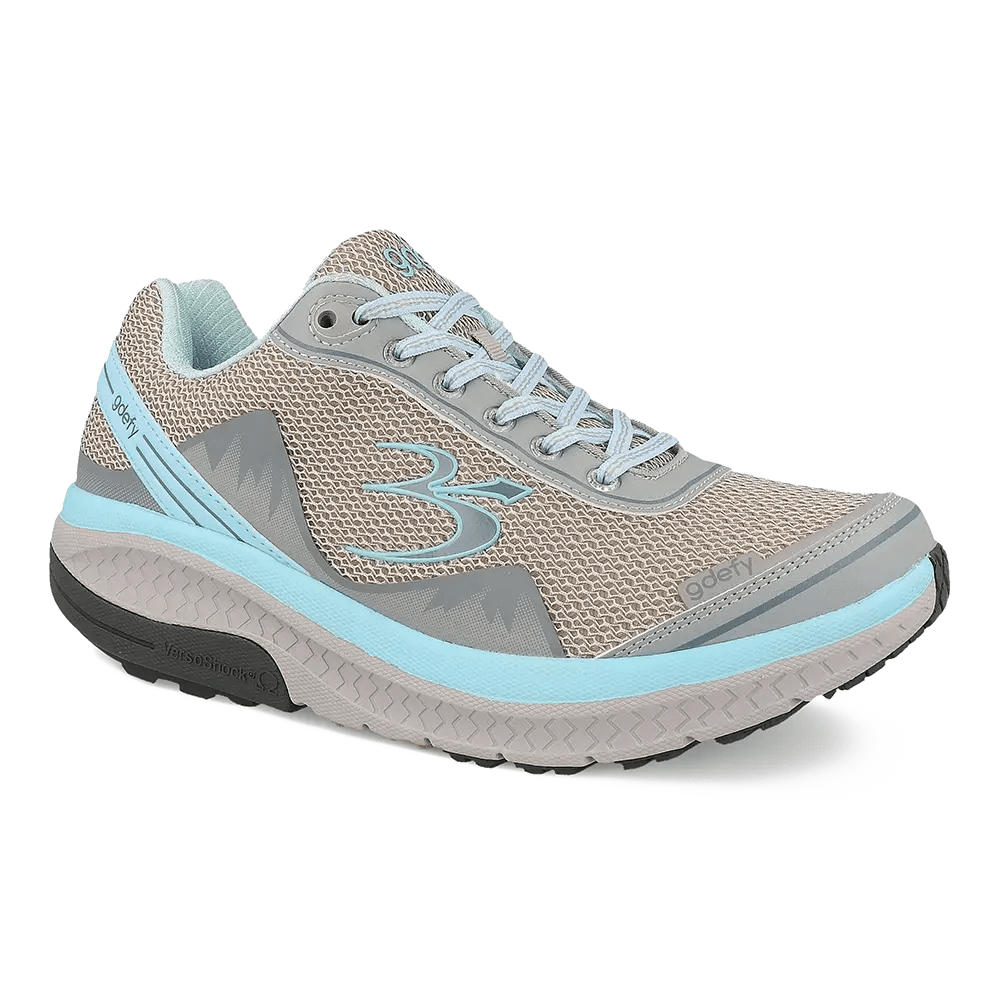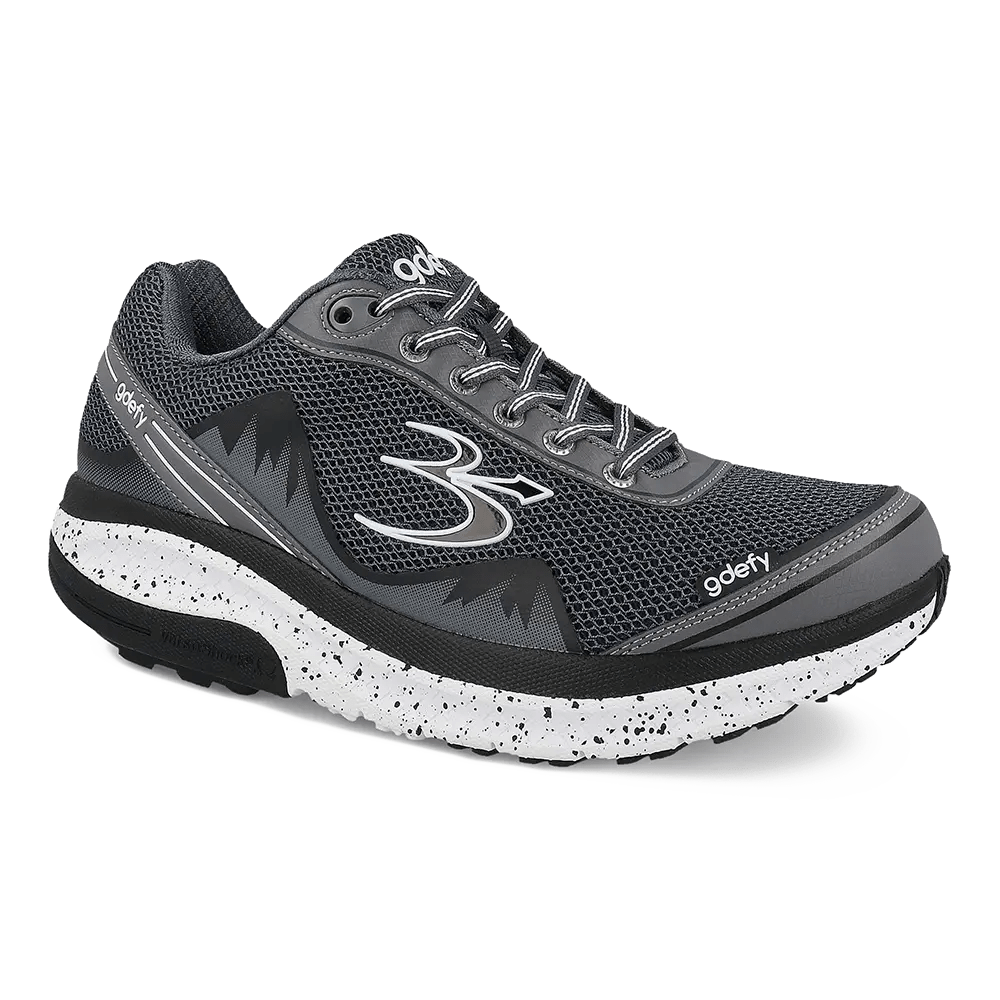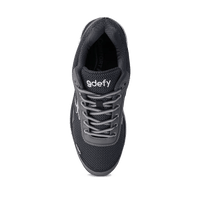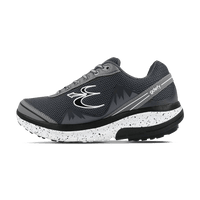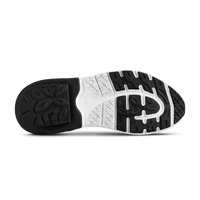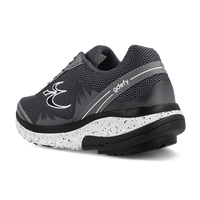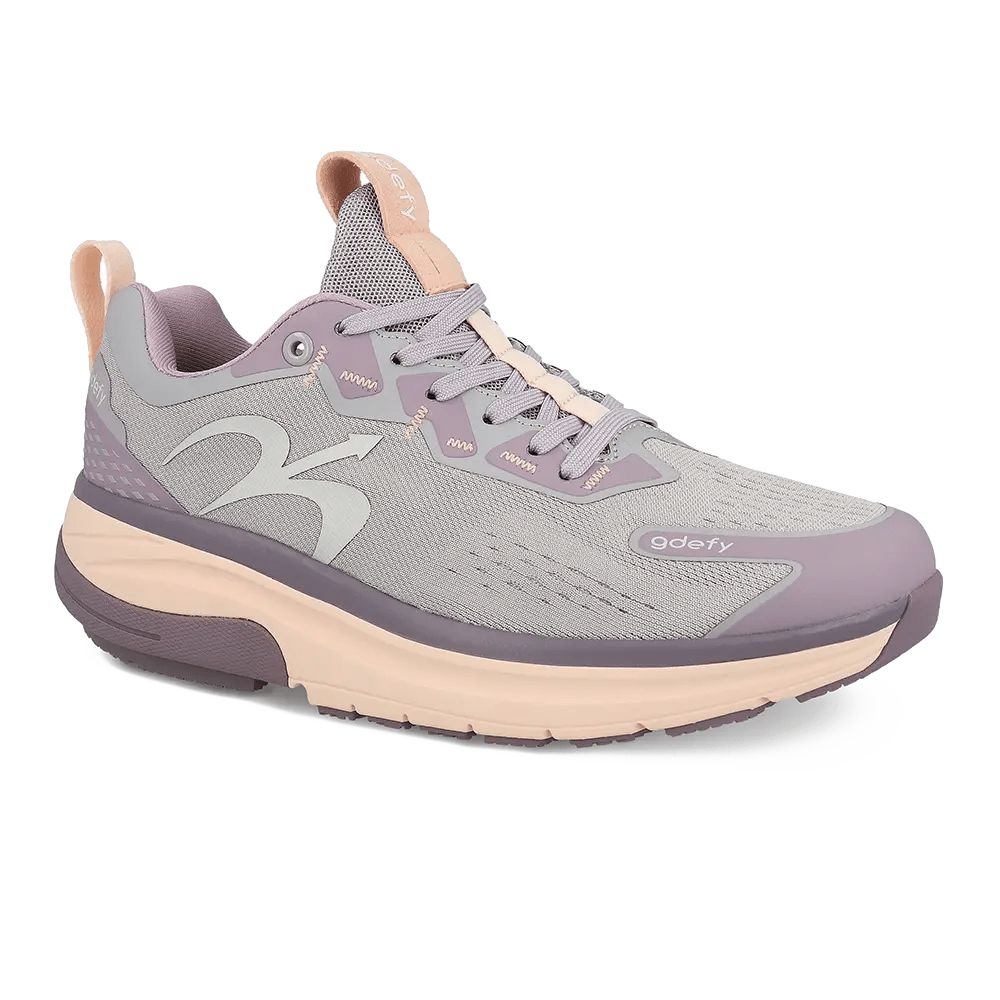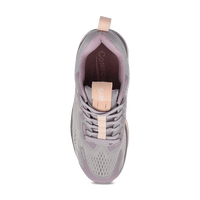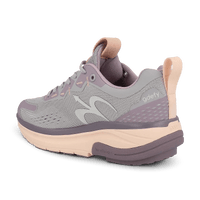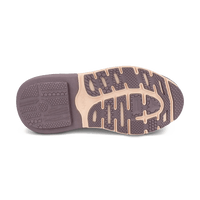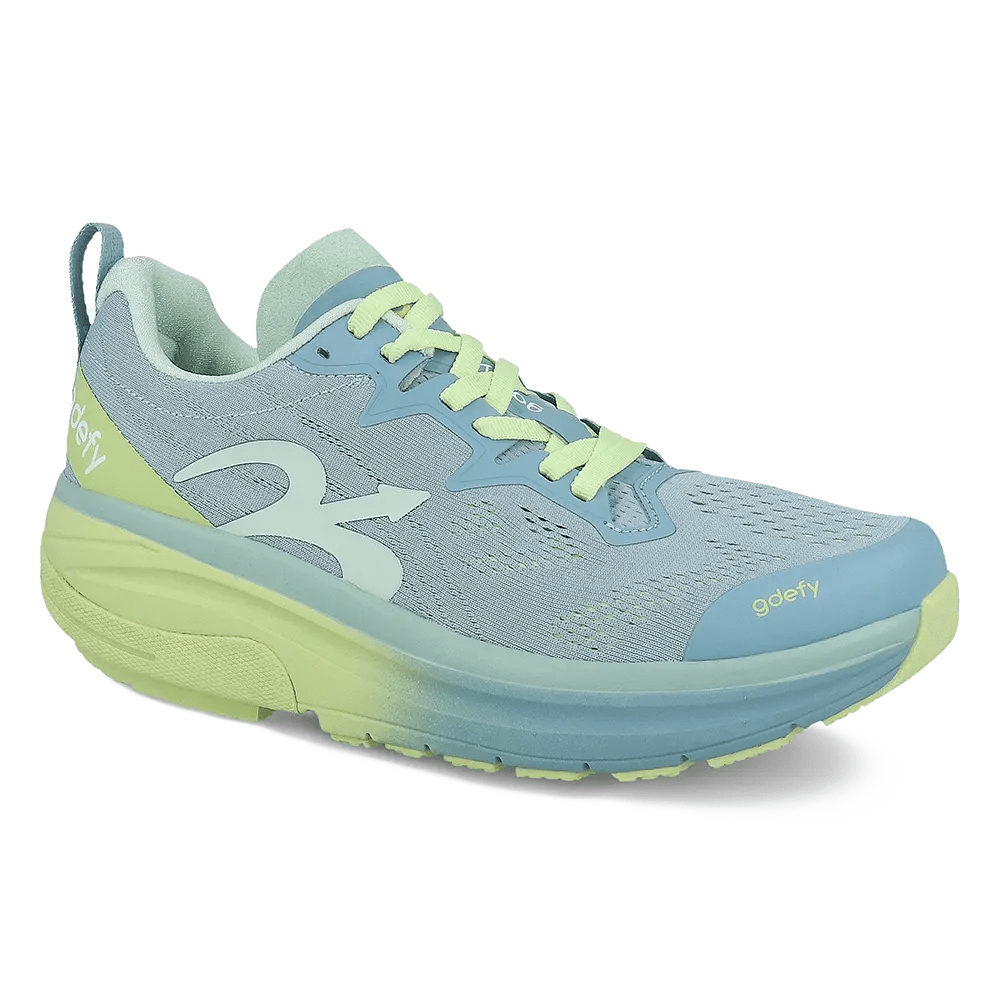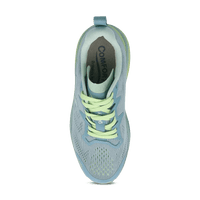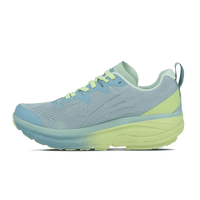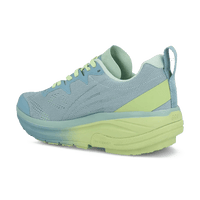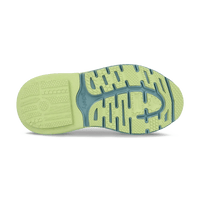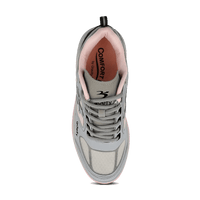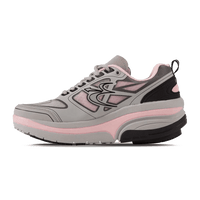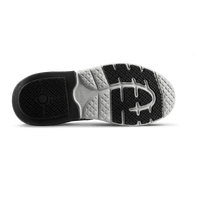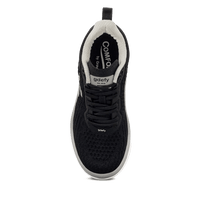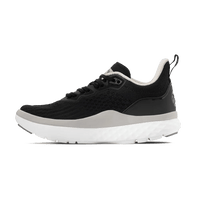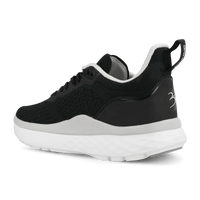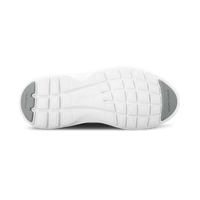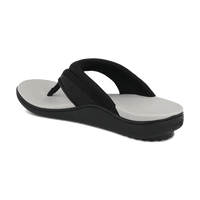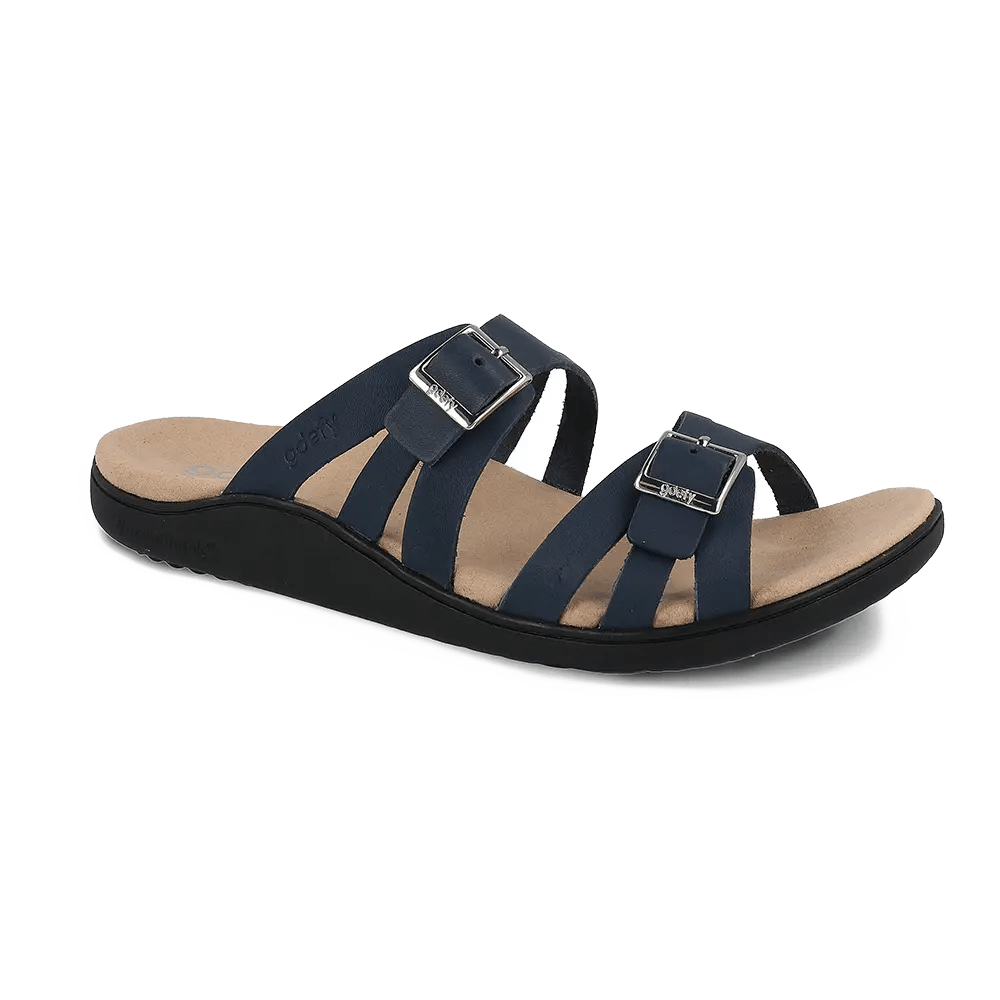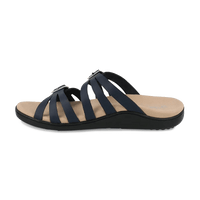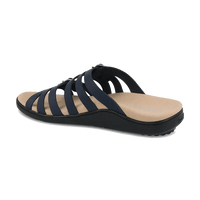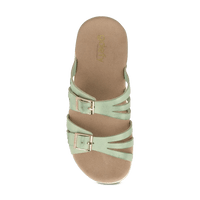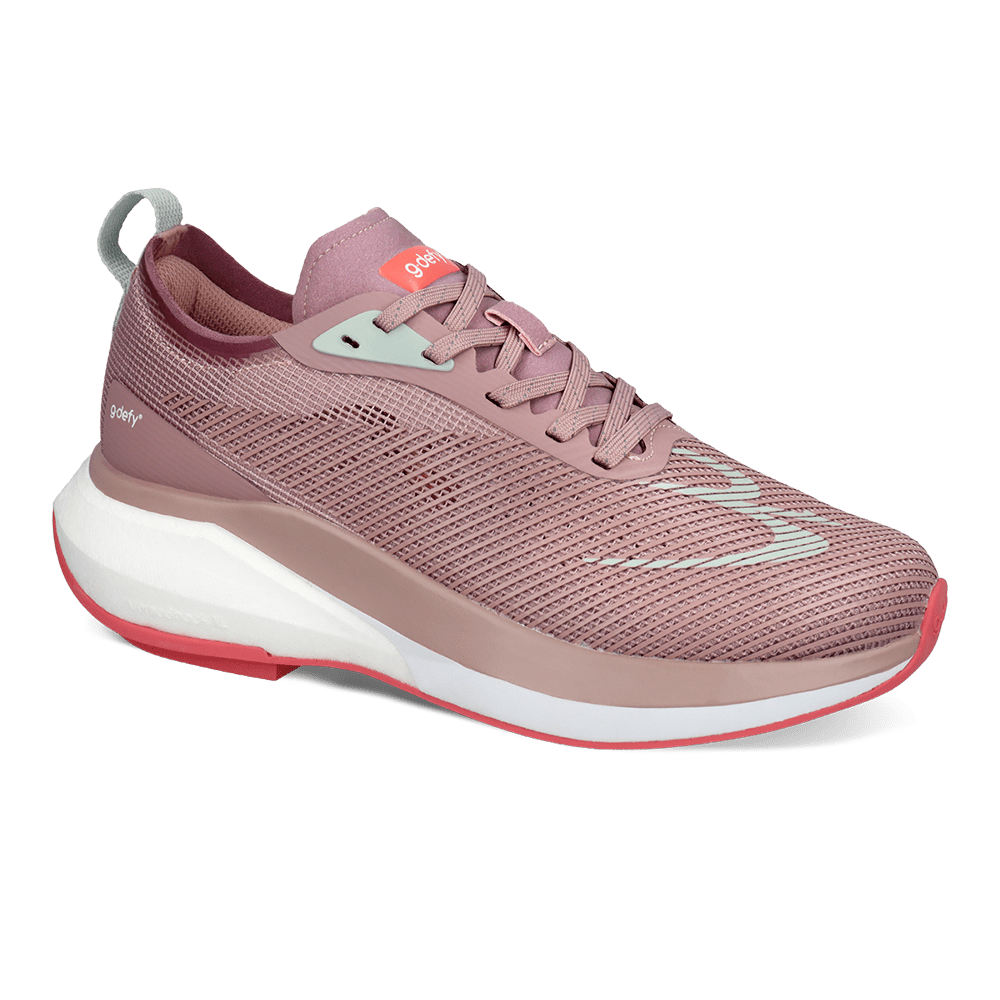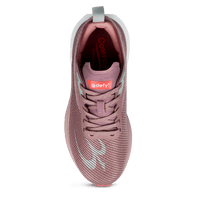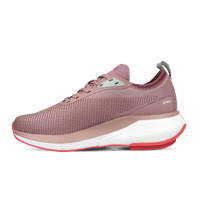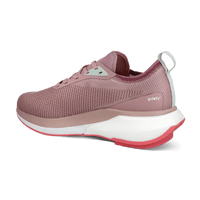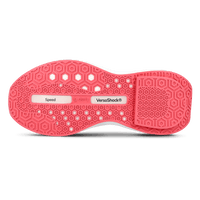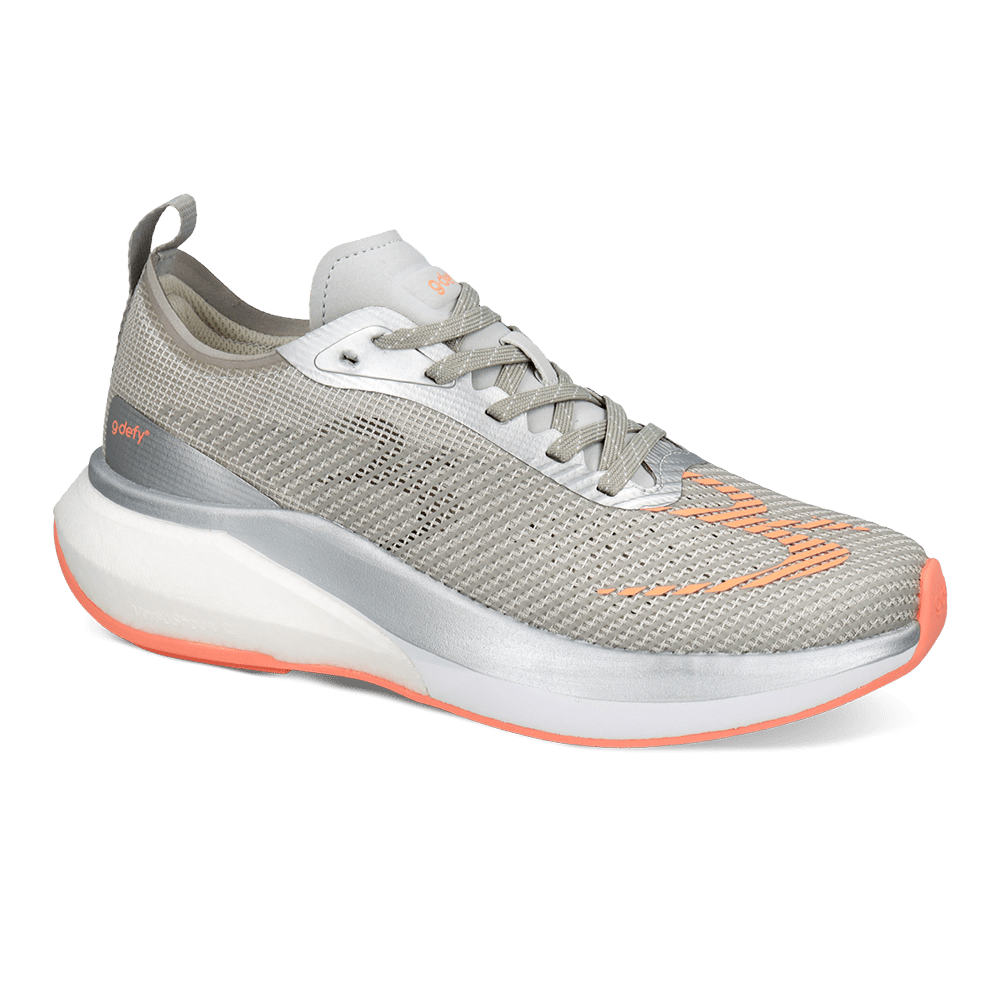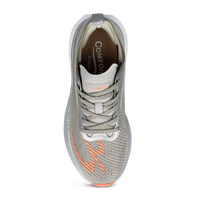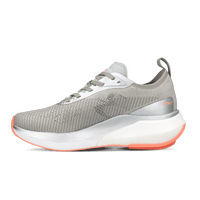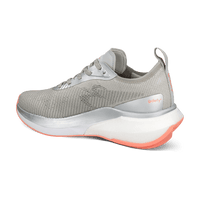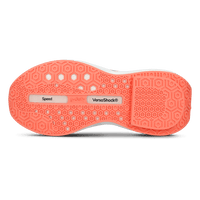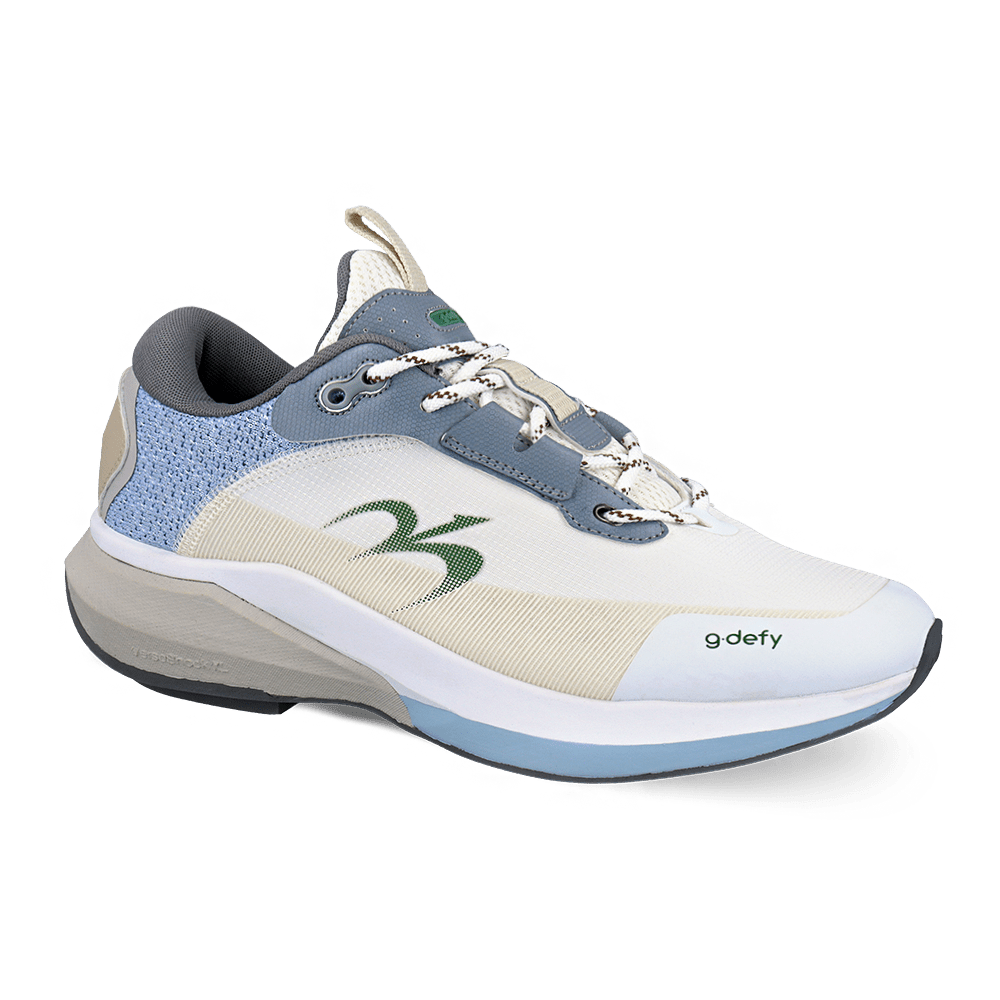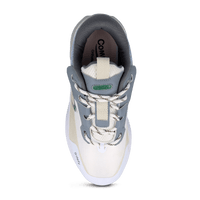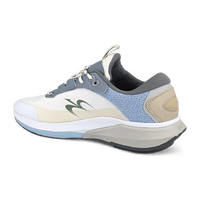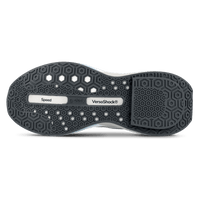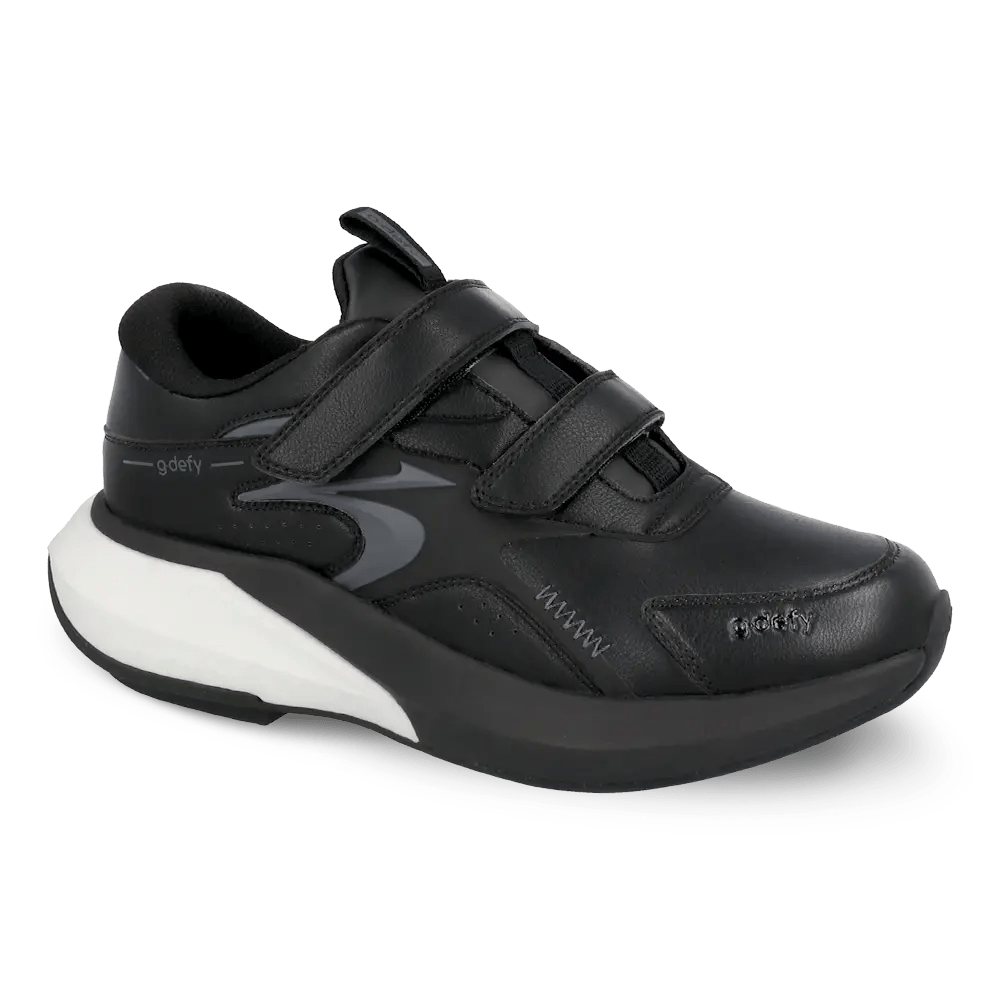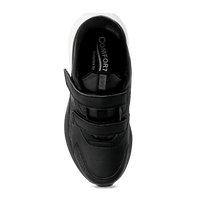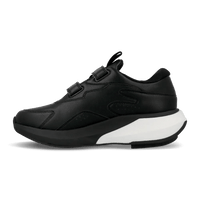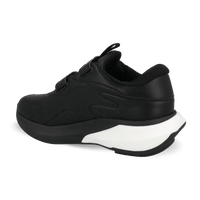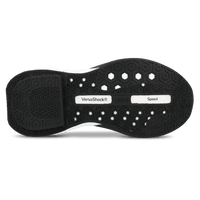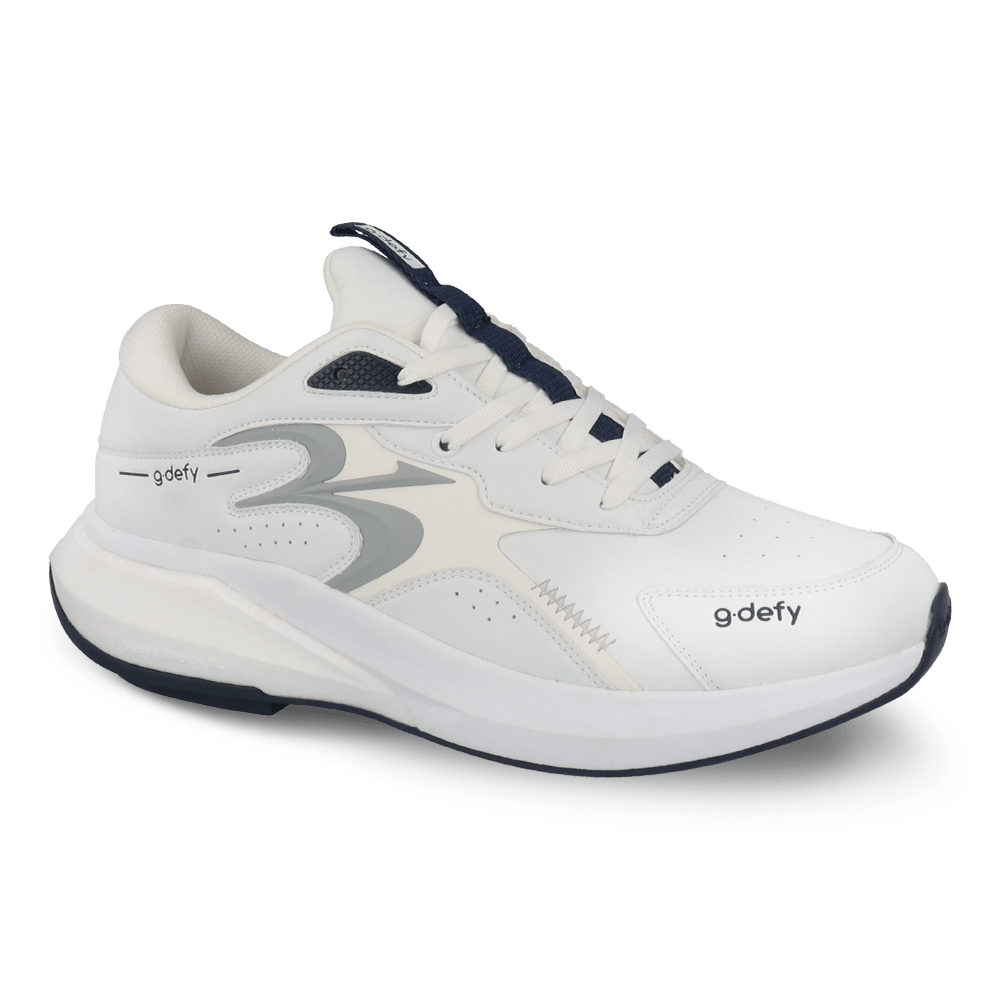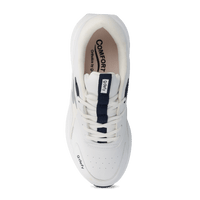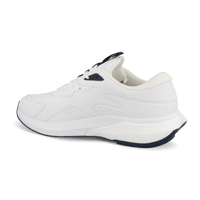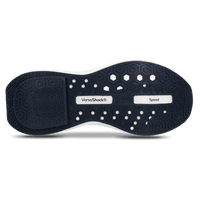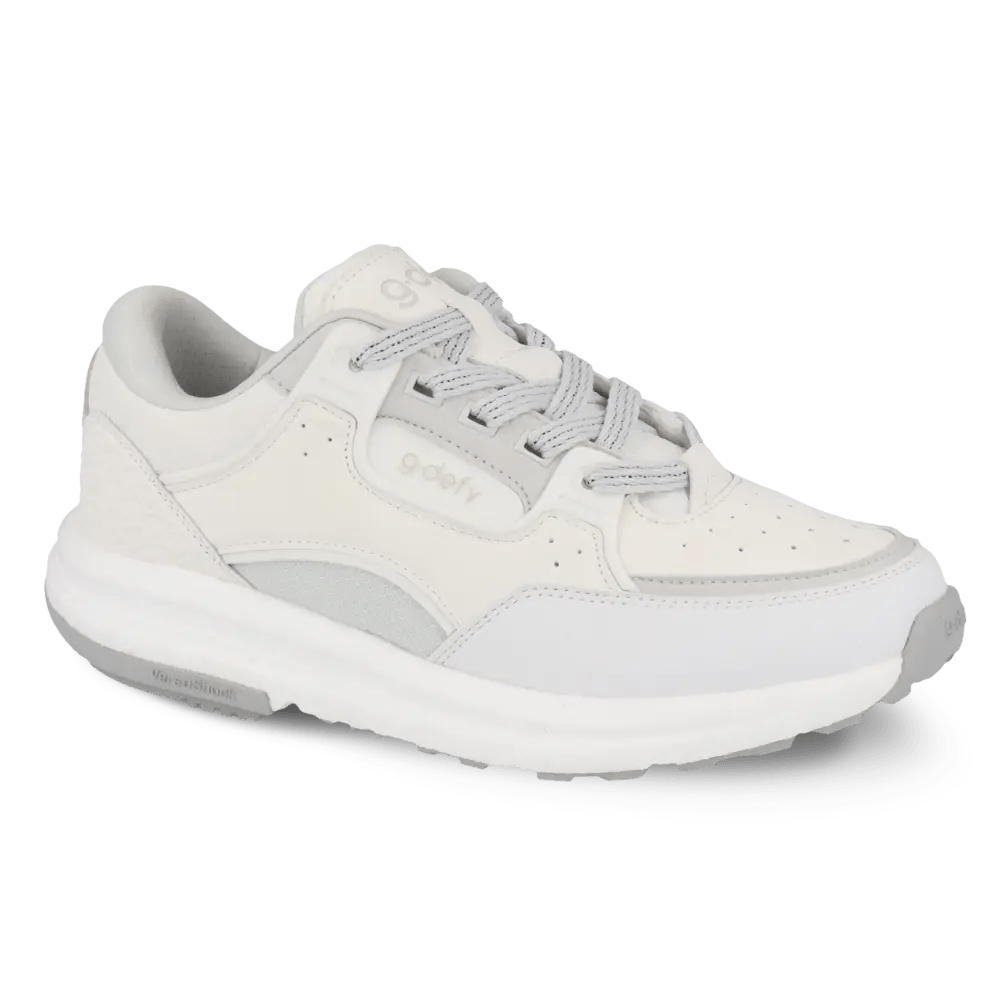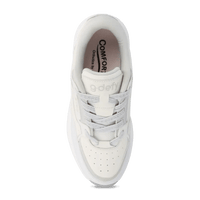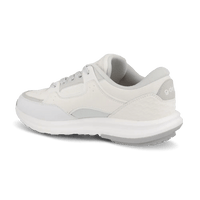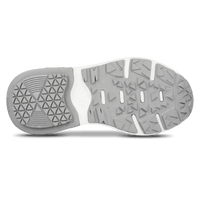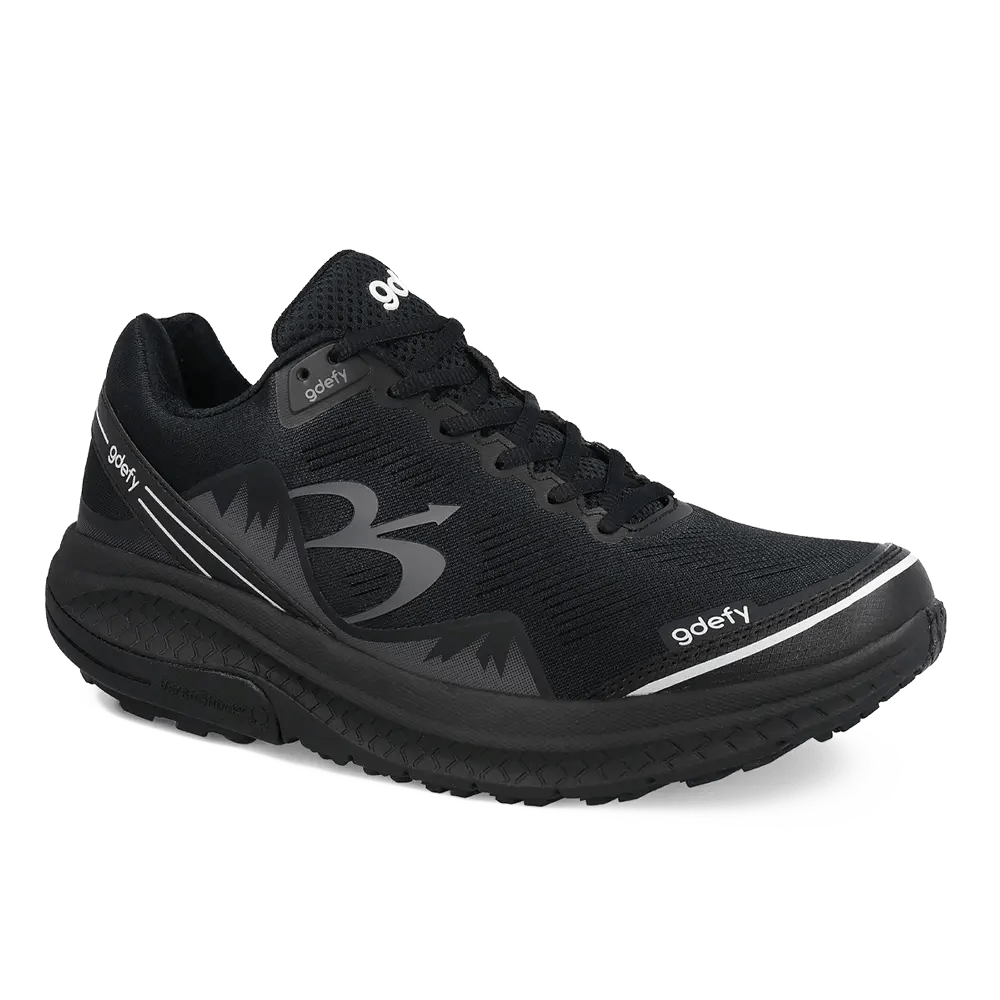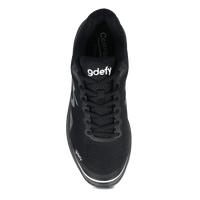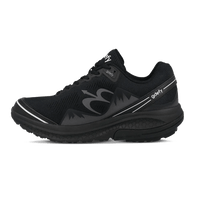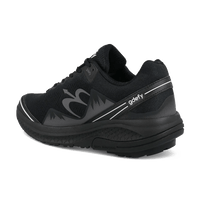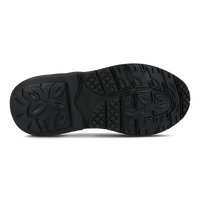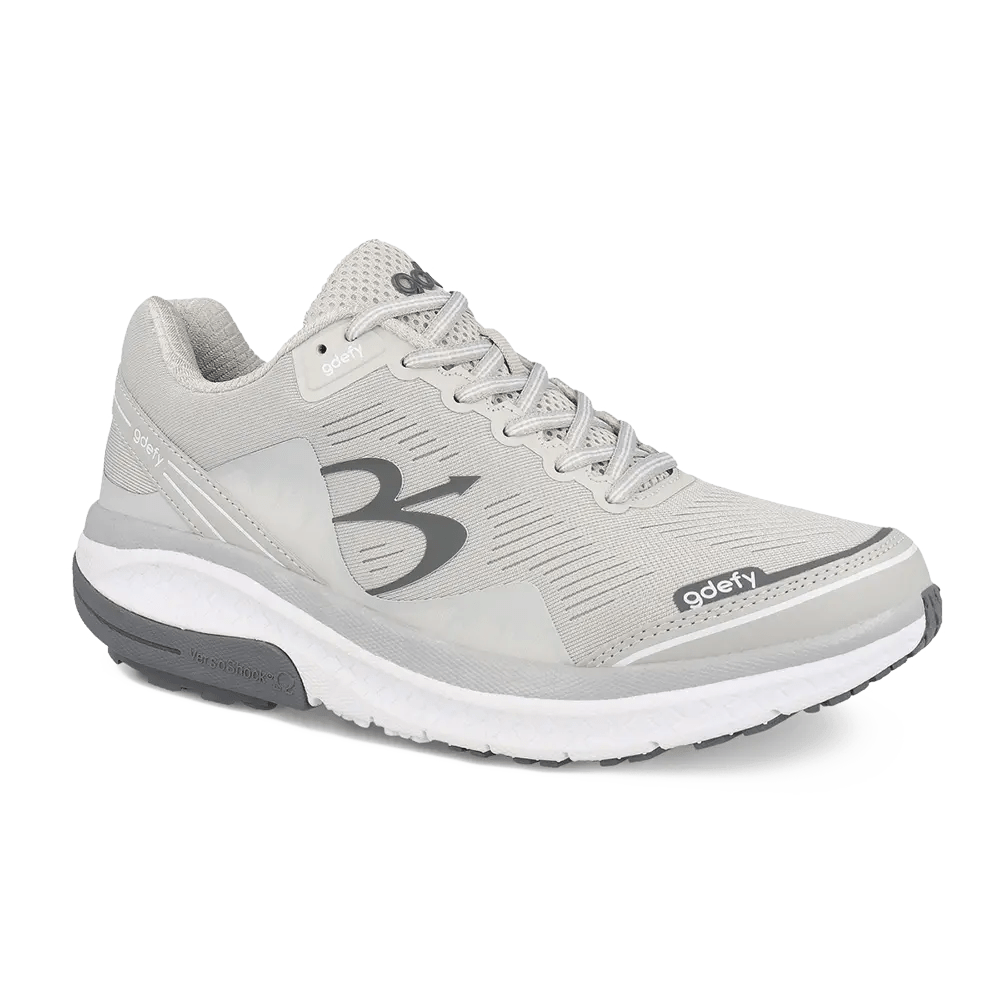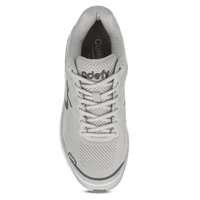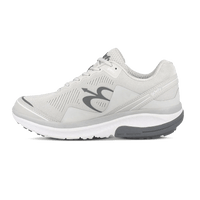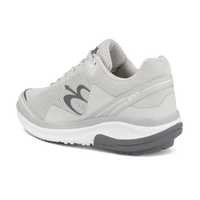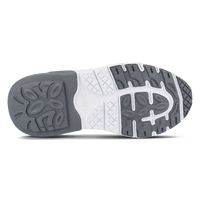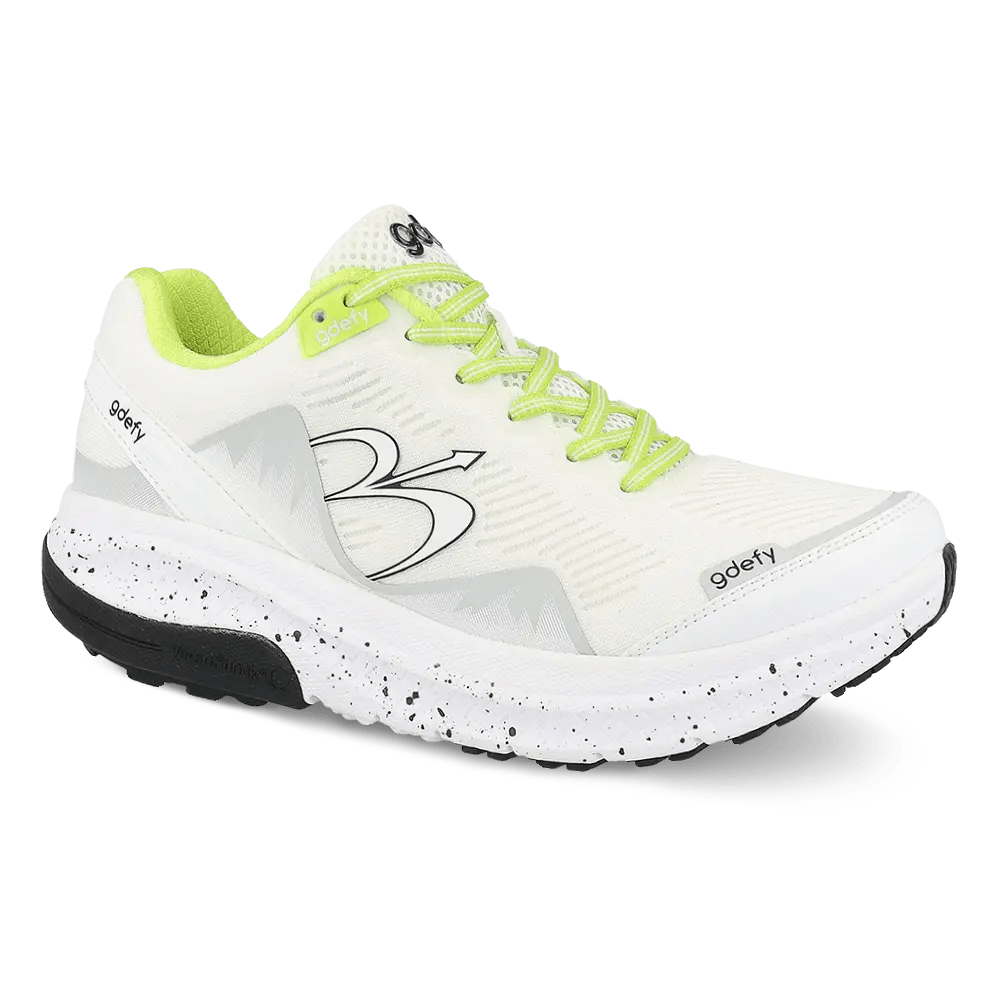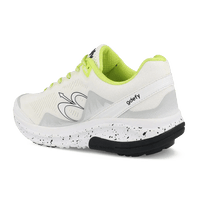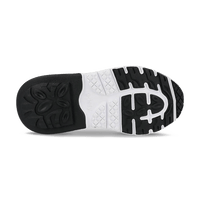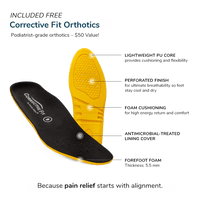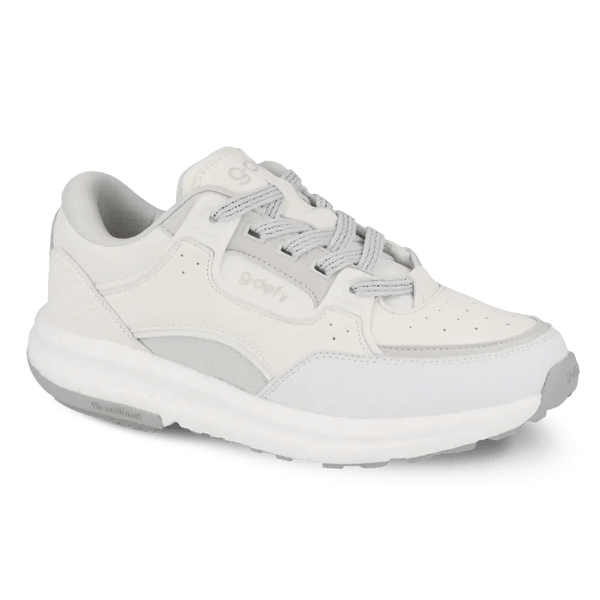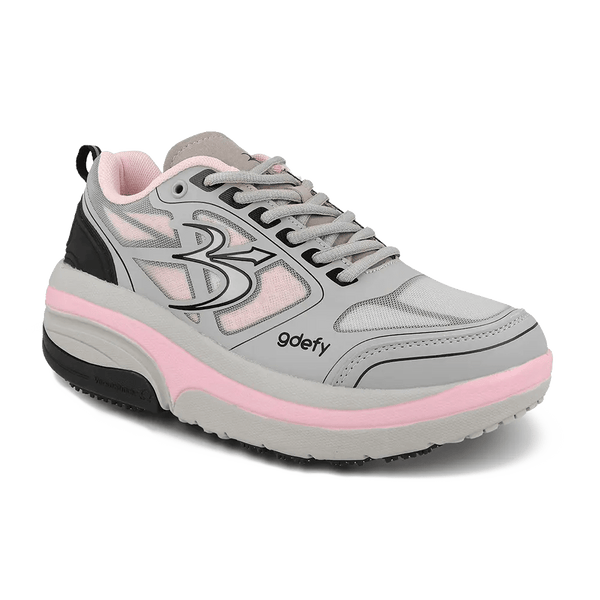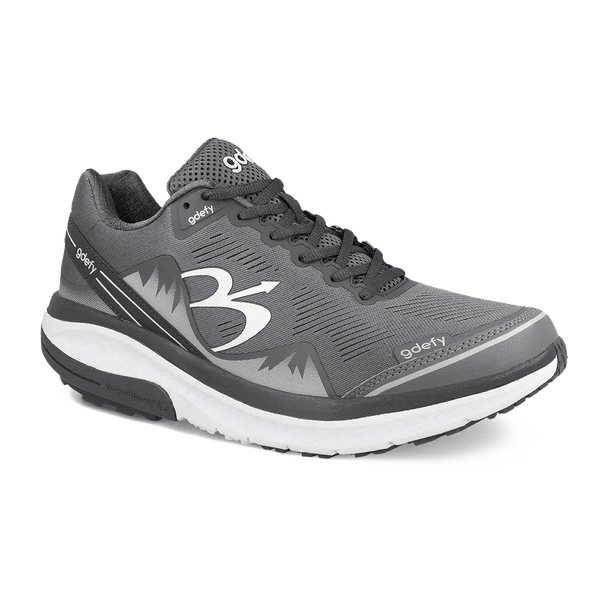April 29, 2025
Choosing the Best Shoes for Plantar Fasciitis
By Gdefy
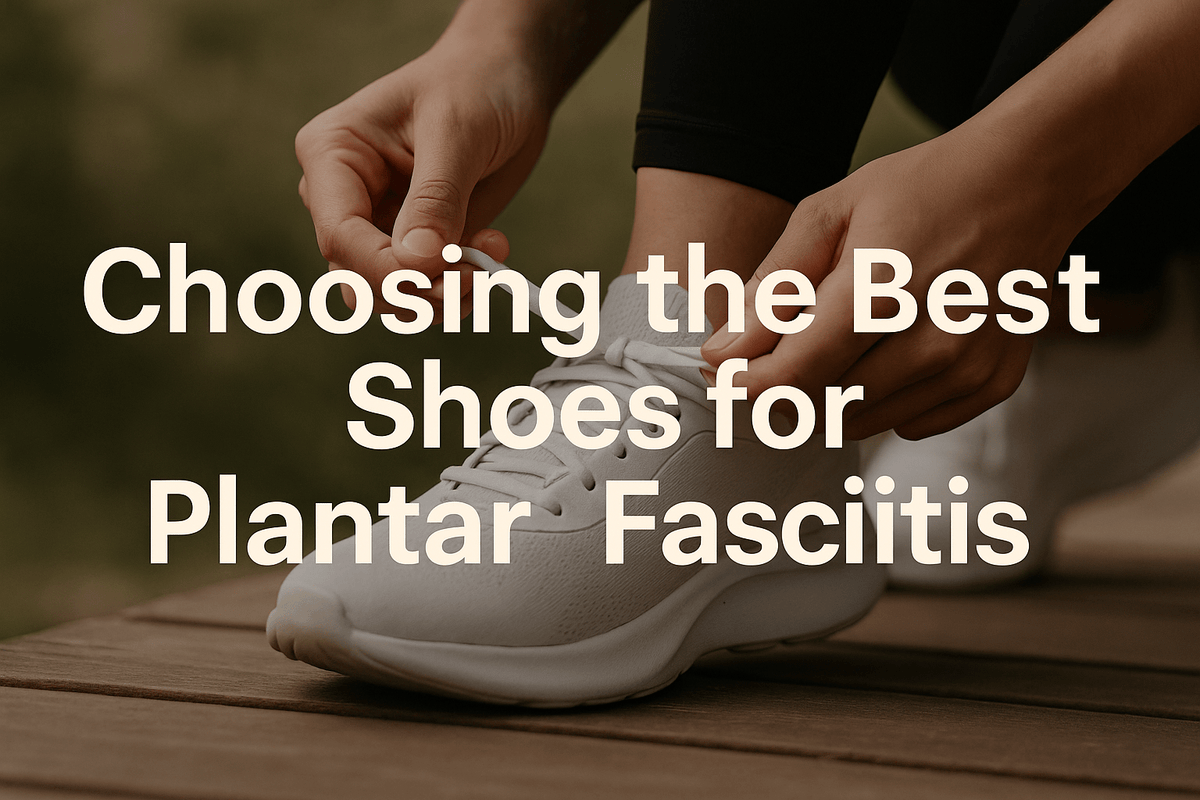
Summary
Shoes designed for plantar fasciitis offer features like strong arch support, shock absorption, and removable insoles. These features work together to distribute pressure evenly across your foot, reducing the strain on your plantar fascia ligament.
Whether you're a runner, a walker, or someone who spends a lot of time on their feet, the right shoes can make a world of difference. This guide will help you understand what to look for in plantar fasciitis shoes and how to choose the best pair for your needs.
So, let's step into the world of plantar fasciitis shoes and find the perfect fit for your feet.
Understanding Plantar Fasciitis and Its Impact on Footwear

Plantar fasciitis arises when the plantar fascia ligament becomes inflamed. It's a thick band of tissue connecting the heel bone to the toes.
This condition is particularly common among active individuals, often caused by repetitive strain on the ligament. Symptoms typically include stabbing pain in the heel, especially noticeable upon waking or after periods of rest.
The right footwear can significantly alleviate these painful symptoms. Shoes designed for plantar fasciitis incorporate specific features aimed at reducing stress on the foot. Proper shoes not only provide physical comfort but also promote healing and prevent further damage.
Features to consider include:
-
Arch Support: Ensures even pressure distribution.
-
Shock Absorption: Minimizes impact during movement.
-
Removable Insoles: Allows for customization with orthotics.
-
Heel Support: Stabilizes and cushions the heel.
A crucial aspect of plantar fasciitis shoes is their role in foot alignment. Shoes that properly align the foot reduce unwanted tension on the plantar fascia. Correct foot alignment can also prevent overpronation, a condition that exacerbates plantar fasciitis by excessive inward roll of the foot.
Shoes lacking these essential features can worsen symptoms. Over time, improper footwear can lead to chronic pain and increased risk of further foot problems. Therefore, it is vital to select shoes that cater to the needs of those suffering from plantar fasciitis, ensuring not just short-term relief but long-term foot health.
Key Features of Shoes for Plantar Fasciitis
Choosing the right shoes for plantar fasciitis involves focusing on several key features. These features can significantly impact the comfort and health of your feet.
Arch Support
Arch support is essential for individuals with plantar fasciitis. Strong arch support helps distribute pressure more evenly across the foot. Proper support reduces strain on the plantar fascia, alleviating pain over time.
A shoe with inadequate arch support may worsen symptoms. Selecting footwear with built-in or customizable arch support is crucial for effective relief.
Shock Absorption
Shock absorption is vital for mitigating impact during daily activities. Shoes with excellent shock absorption soften the blow from each step, reducing stress on the heel
Look for shoes with materials like gel or air pockets in the sole. These features help cushion the foot and diminish heel pain, especially on hard surfaces
Heel Support and Cushioning
Heel support and cushioning are critical for plantar fasciitis sufferers. A deep heel cup stabilizes the heel, maintaining proper alignment
Cushioning, on the other hand, provides a soft landing for the heel during movement. Together, they prevent excessive strain and reduce discomfort.
Removable Insoles and Custom Orthotics Compatibility
Removable insoles offer the flexibility to use custom orthotics. This customization enhances support tailored to individual foot needs
Shoes with removable insoles allow you to replace them with orthotic options. This feature is particularly helpful for those requiring specific support adjustments.
Having these features in your shoes can make a noticeable difference. Consider incorporating them into your footwear choices for optimal relief from plantar fasciitis.
The Best Plantar Fasciitis Shoes for Different Activities
Different activities require specialized footwear for optimal support and comfort. Plantar fasciitis sufferers should consider shoes tailored to their specific activities.

Running Shoes for Plantar Fasciitis
Running places significant stress on the feet. Therefore, running shoes designed for plantar fasciitis need superior cushioning and stability. Shock absorption is crucial to minimize the impact on the plantar fascia ligament.
Look for running shoes with features like enhanced cushioning, firm midsoles, and strong arch support. These elements help in maintaining proper foot alignment during motion. Additionally, a snug fit ensures no slippage, allowing you to run comfortably.
Walking Shoes for Plantar Fasciitis
Walking shoes require a different set of features for plantar fasciitis. Flexibility combined with support is key. This combination ensures your foot moves naturally while still being secure.
Walking shoes should be lightweight and breathable to keep feet comfortable over long periods. Removable insoles are advantageous, providing the option to use custom orthotics for added support. Look for shoes with a wide toe box to prevent additional pressure on the front of the foot.
It's important to consider specific features when choosing shoes for different activities. Here are a few aspects to focus on:
-
Cushioning and shock absorption
-
Firm midsoles and arch support
-
Flexibility in walking shoes
-
Snug fit for running footwear
The right pair of shoes can significantly enhance your comfort during activities, reducing pain and improving mobility. Make informed choices based on activity type to ensure the best outcome for your feet.
How to Choose the Right Plantar Fasciitis Shoes for You
Selecting the ideal shoes for plantar fasciitis can seem daunting. However, understanding your needs and shoe features can simplify the process. The right shoes will support your lifestyle and foot health.
Begin by evaluating your specific foot characteristics. Assessing foot alignment and gait plays a crucial role in this process. Knowing whether you overpronate or underpronate can guide your shoe selection.
Furthermore, a proper fit is essential. This aspect goes beyond just shoe size. A good fit ensures adequate support, stability, and comfort. It prevents additional foot strain and enhances mobility.
When evaluating shoes, consider their lifespan and replacement time. Shoes wear out with use, losing their supportive properties over time. Frequent assessments and timely replacements help maintain foot health.
Here's a list of key factors to consider:
-
Evaluate your foot alignment and gait.
-
Prioritize finding a proper fit.
-
Consider the shoe's lifespan and replacement needs
With thoughtful consideration of these aspects, you can find shoes that deliver comfort and alleviate plantar fasciitis symptoms.
Assessing Foot Alignment and Gait
Understanding your foot alignment is crucial in selecting plantar fasciitis shoes. Many people suffer from overpronation, where the foot rolls inward excessively. This condition requires shoes that offer motion control and stability.
Your gait pattern—how you walk—also impacts shoe choice. A thorough analysis can reveal any issues needing correction, such as uneven weight distribution. Aligning your gait with the right footwear can significantly reduce pain and improve comfort.
Importance of a Proper Fit
A well-fitting shoe is paramount in managing plantar fasciitis. It should provide comfort without compromising on support. Ill-fitting shoes can exacerbate pain and worsen foot conditions.
Consider width, not just length, to ensure shoes aren't too tight or too loose. A proper fit reduces unwanted foot movement and strain. Always try shoes later in the day when your feet might be slightly swollen for the best fit.
Considering Shoe Lifespan and Replacement
Shoes are not timeless; they wear out. Regularly assess your shoes' condition. When they lose their cushioning and support, it's time for a new pair. This practice helps in maintaining effective pain management and foot health.
Additional Tips for Managing Plantar Fasciitis
Managing plantar fasciitis effectively goes beyond just wearing the right shoes. Integrating other supportive measures can enhance relief and expedite recovery. Adopting a comprehensive strategy is key to reducing symptoms.
Incorporating daily stretching and strengthening exercises aids in maintaining foot flexibility. These routines target the plantar fascia ligament and surrounding muscles, alleviating tension. They are simple yet effective steps you can take at home.
Lifestyle changes can also make a difference. Avoid walking barefoot, especially on hard surfaces, and choose cushioned socks for additional support. Small adjustments can significantly reduce heel pain over time.
Here’s a list of beneficial practices:
-
Perform regular stretching exercises.
-
Wear cushioned socks for extra comfort.
-
Refrain from walking barefoot on hard surfaces
By implementing these tips, you can manage pain and improve foot health more effectively.
Stretching and Strengthening Exercises
Regular stretching exercises play a crucial role in reducing plantar fasciitis symptoms. Focus on exercises that specifically target the plantar fascia and calf muscles. These stretches enhance flexibility and reduce tension in the lower leg.
Strengthening exercises fortify the muscles supporting the arch of the foot. This reinforcement helps in reducing the strain on the plantar fascia. Consider exercises such as toe curls and heel raises for optimal benefit
When to Consult a Podiatrist
Sometimes, professional advice is necessary. Consult a podiatrist if pain persists despite trying various remedies. A podiatrist can provide personalized recommendations and treatments.
Persistent or worsening symptoms warrant medical attention. Early intervention by a healthcare professional can prevent further complications. A podiatrist’s expertise ensures you receive appropriate care tailored to your condition.
Top Reviewed Plantar Fasciitis Shoes
Choosing the right shoes can dramatically improve comfort for those with plantar fasciitis. Fortunately, many highly rated options are tailored to alleviate heel and foot pain. These shoes are designed with features that provide optimal support and relief.
Several brands have received glowing reviews from both consumers and experts. These shoes typically boast superior arch support and shock-absorbing features. A deep heel cup is another common feature that helps in stabilizing the foot.
Some of the best-reviewed options include shoes that are not only functional but also stylish. They blend therapeutic benefits with aesthetic appeal, making them suitable for various settings. This ensures you don't have to compromise style for comfort.
Moreover, the versatility of these shoes makes them ideal for multiple activities. From running and walking to standing for extended periods, there’s a shoe to fit every need. With many options available, finding the perfect pair is now easier than ever.
Conclusion: Walking Forward with Comfort and Support
Wearing the right shoes can transform your daily experience with plantar fasciitis. The right footwear provides necessary support, reducing strain on the plantar fascia. Investing in quality shoes means investing in your health and overall well-being.
By choosing shoes with proper arch support and shock absorption, you take a major step towards comfort. This choice not only alleviates heel pain but also enhances your daily mobility. Take control of your foot health, and stride forward with confidence and ease



